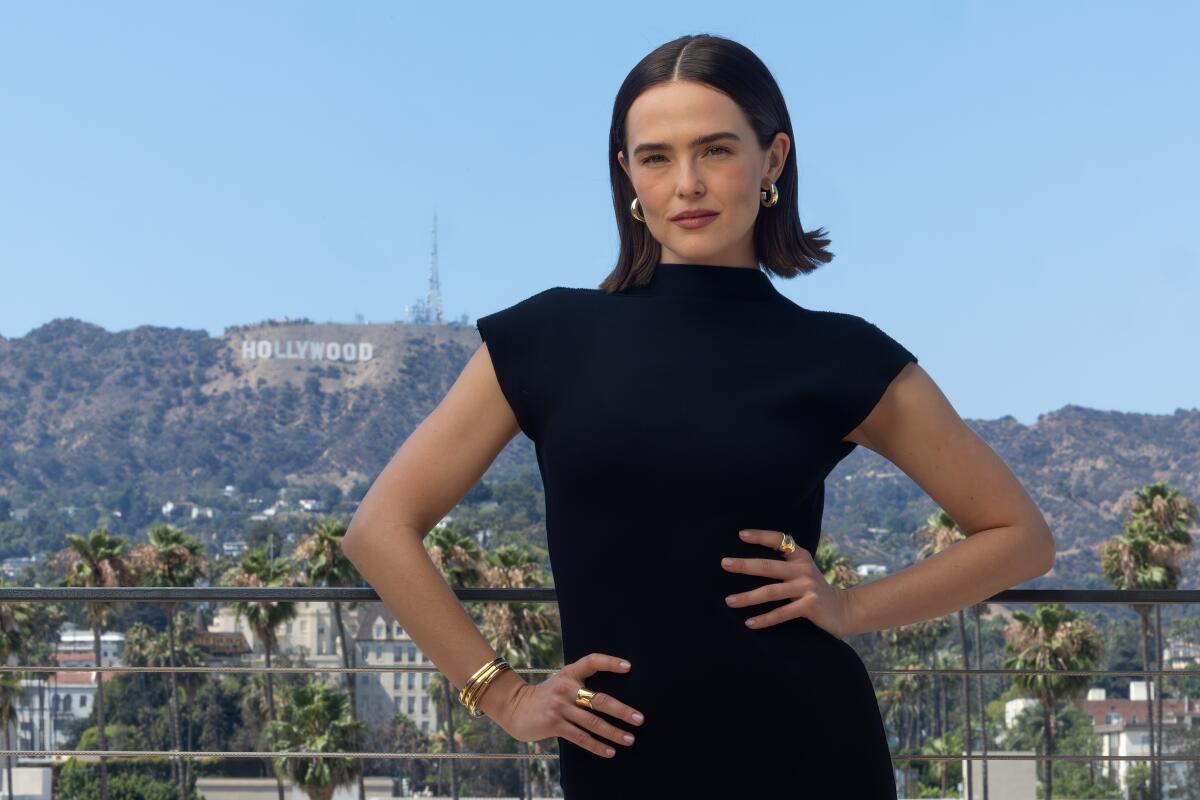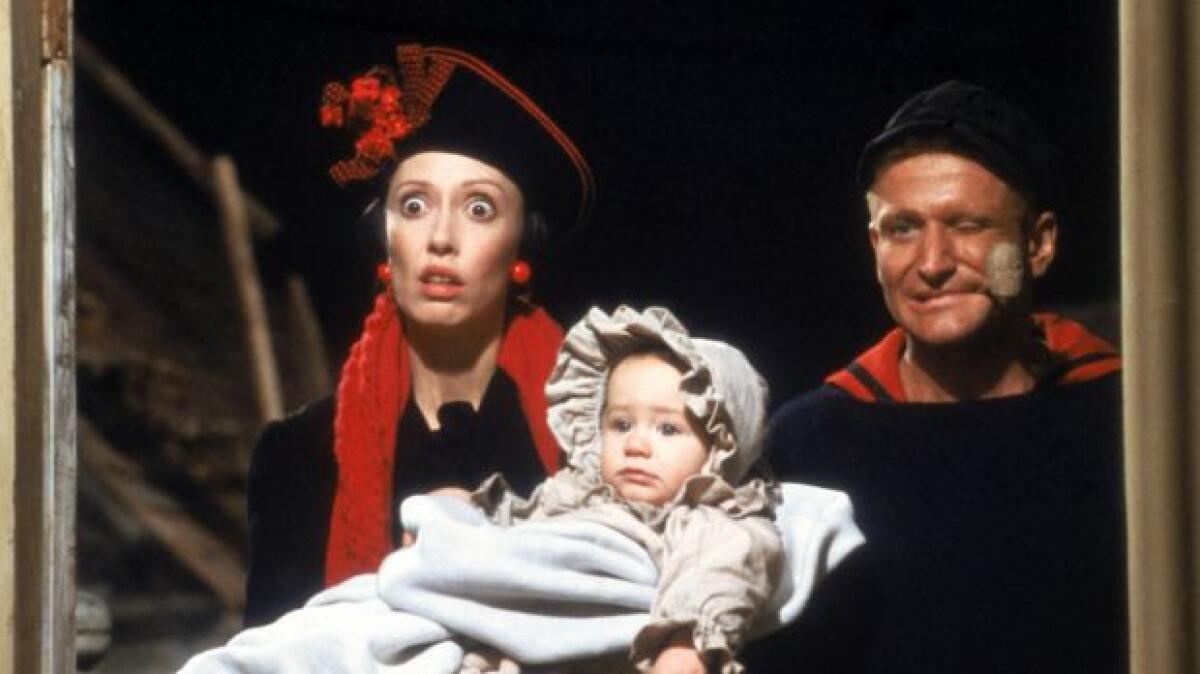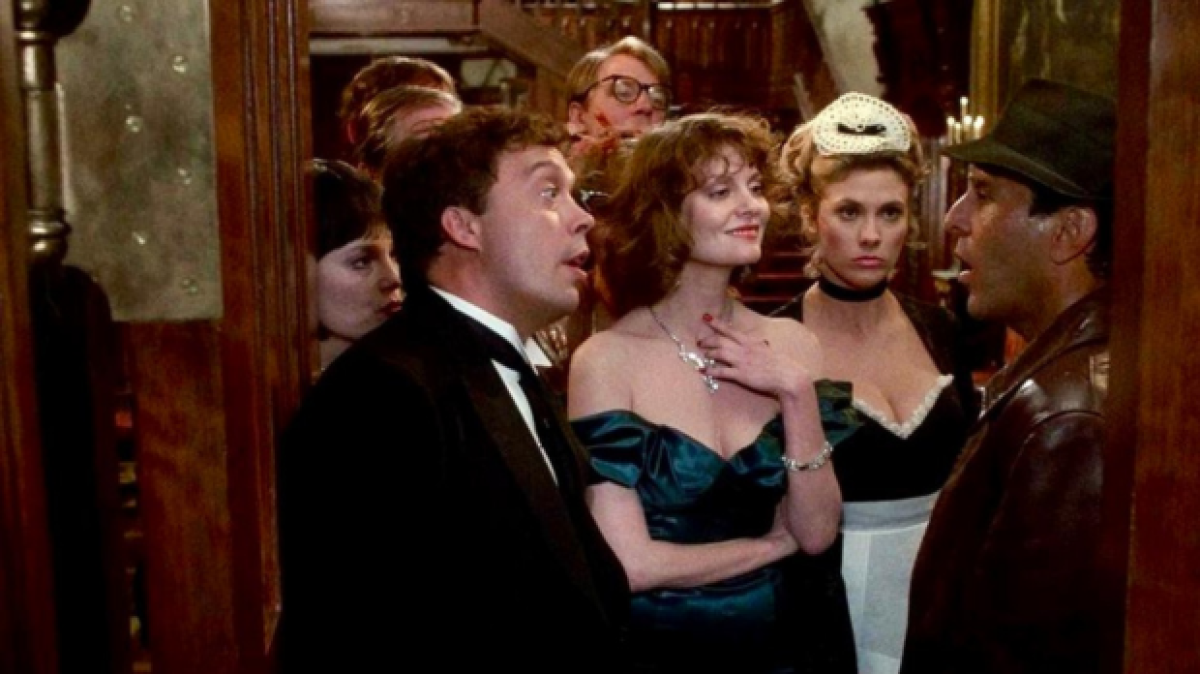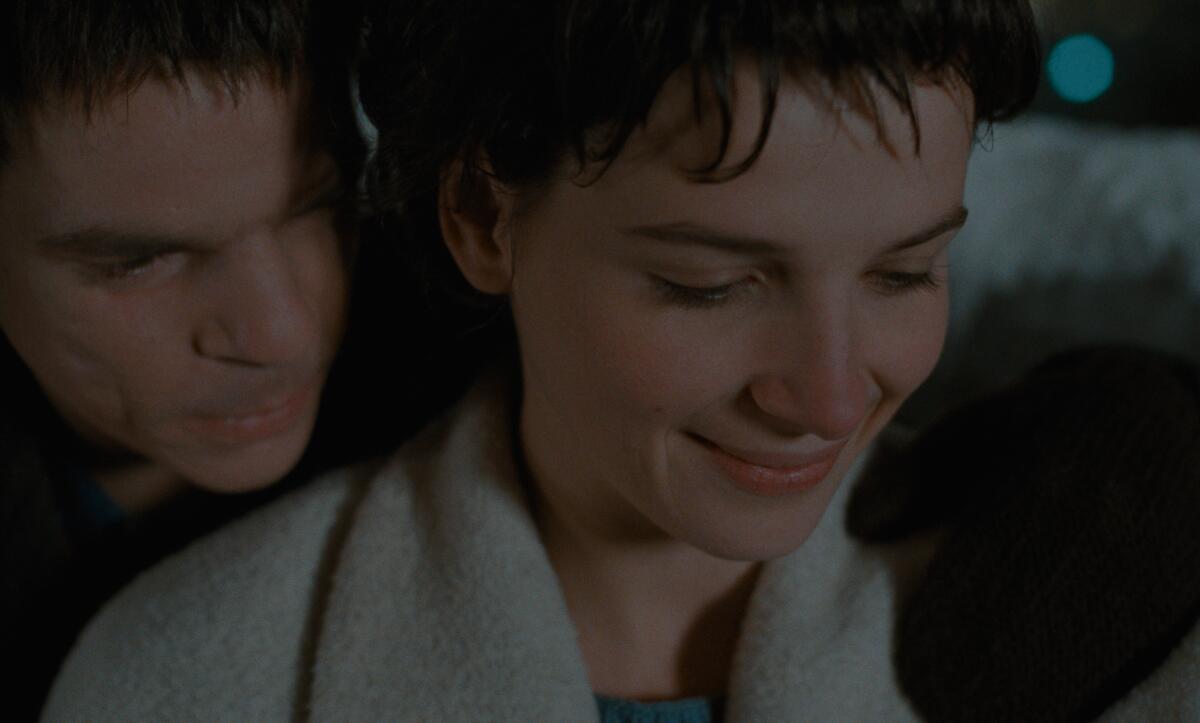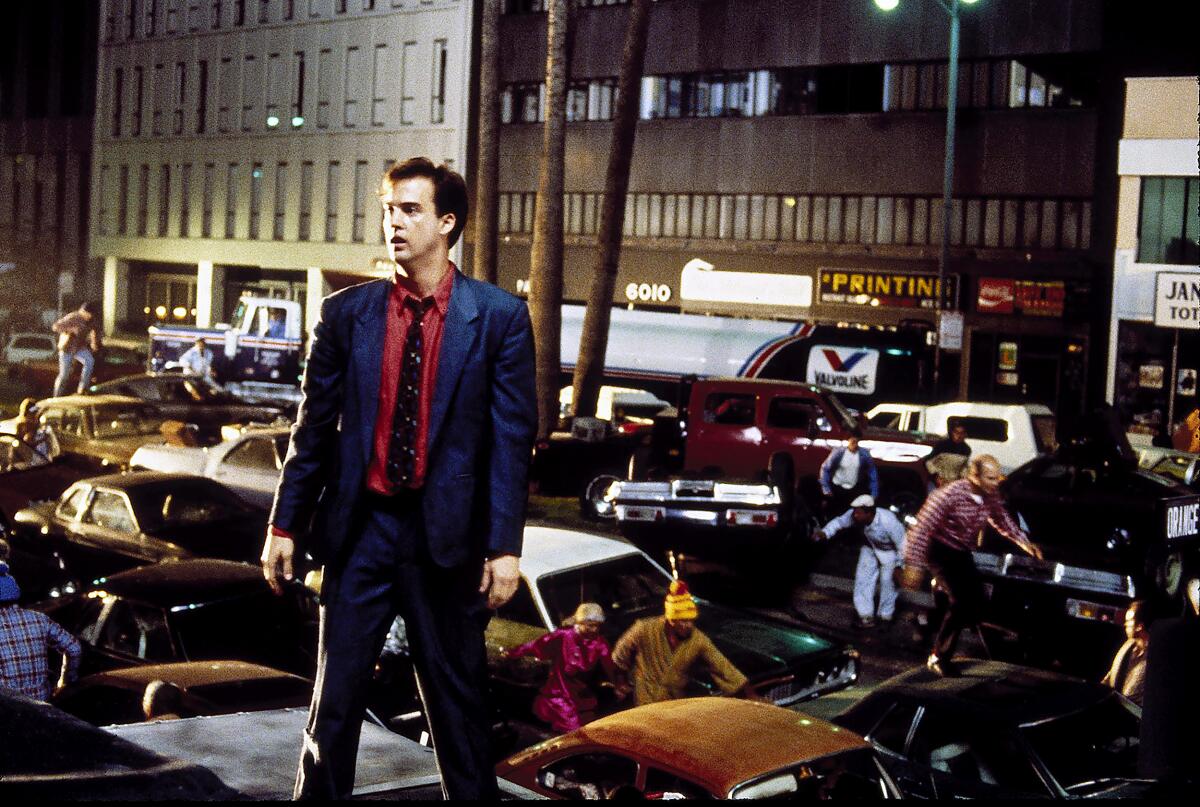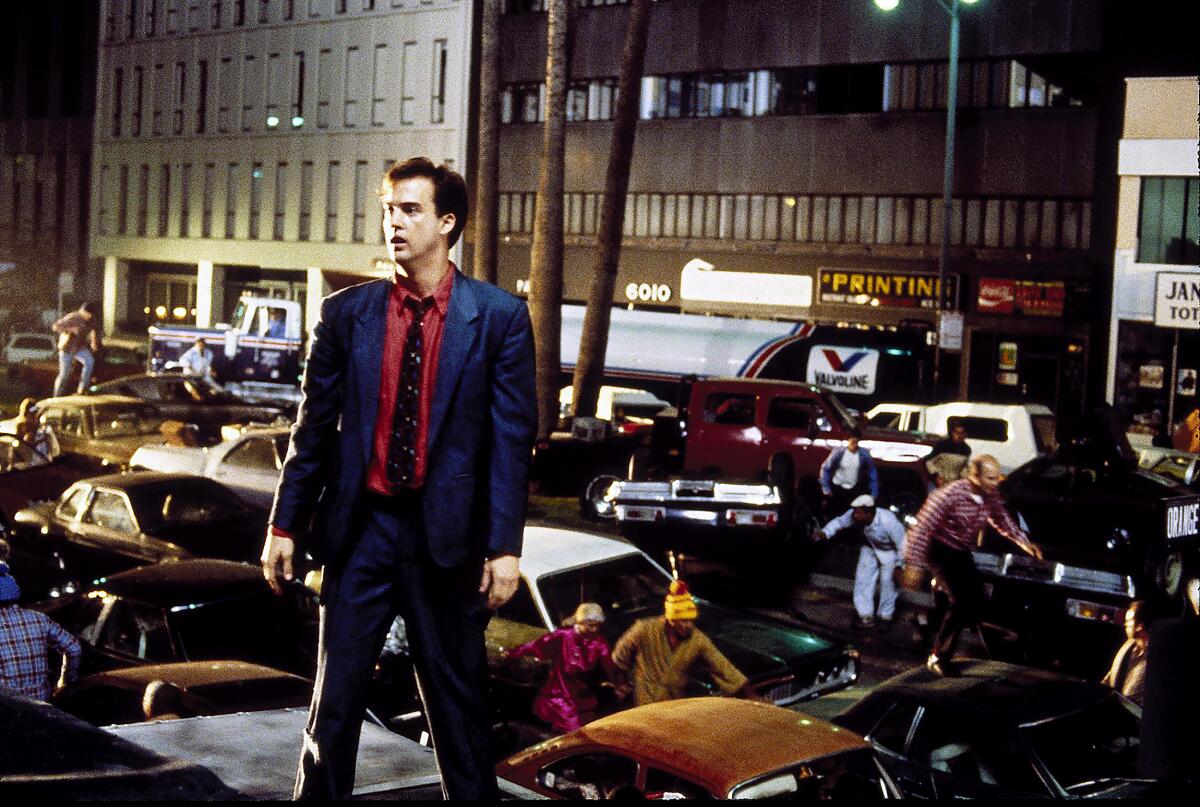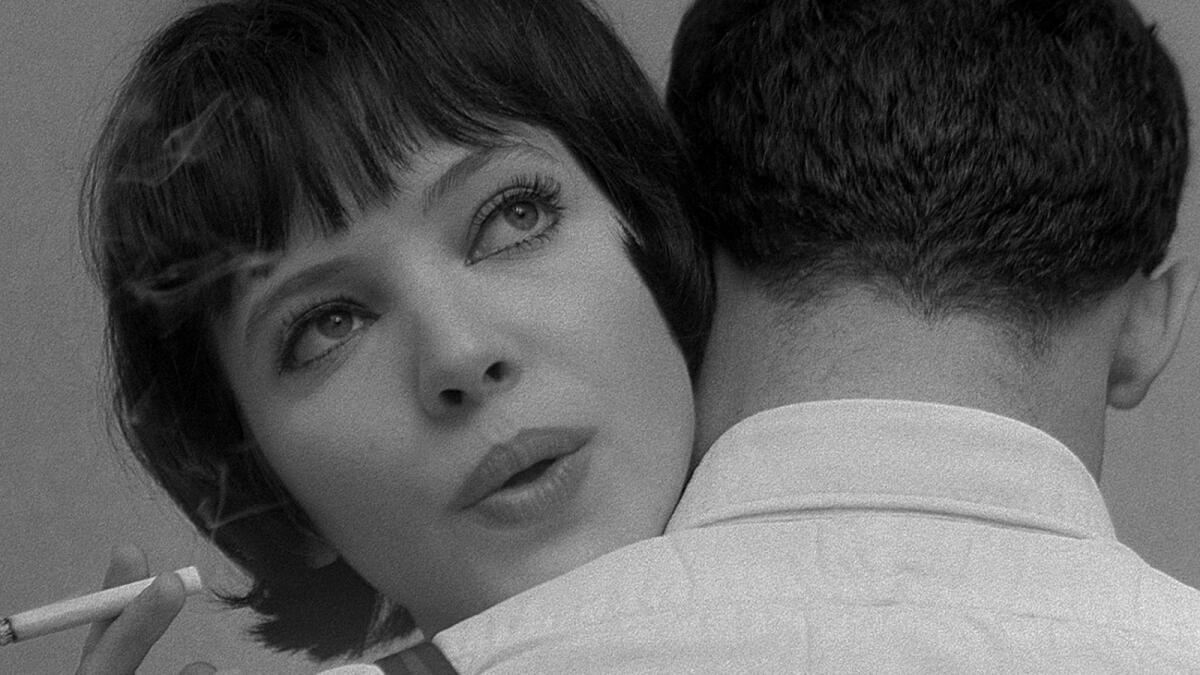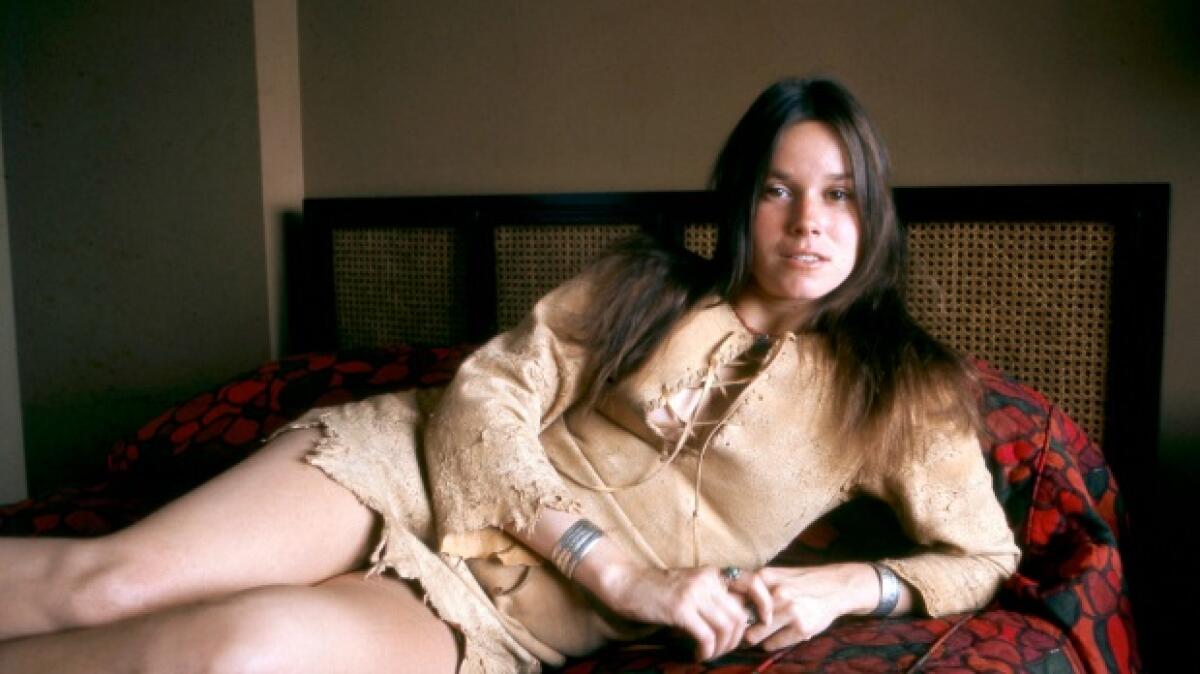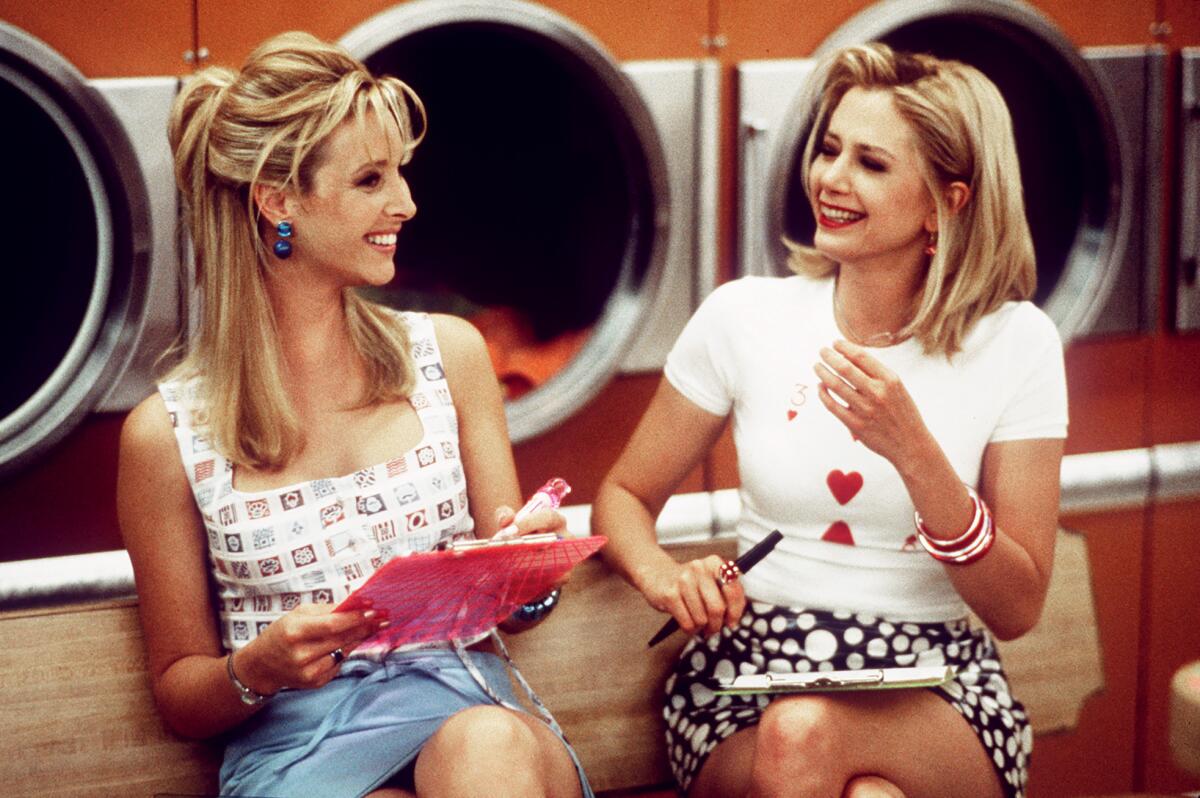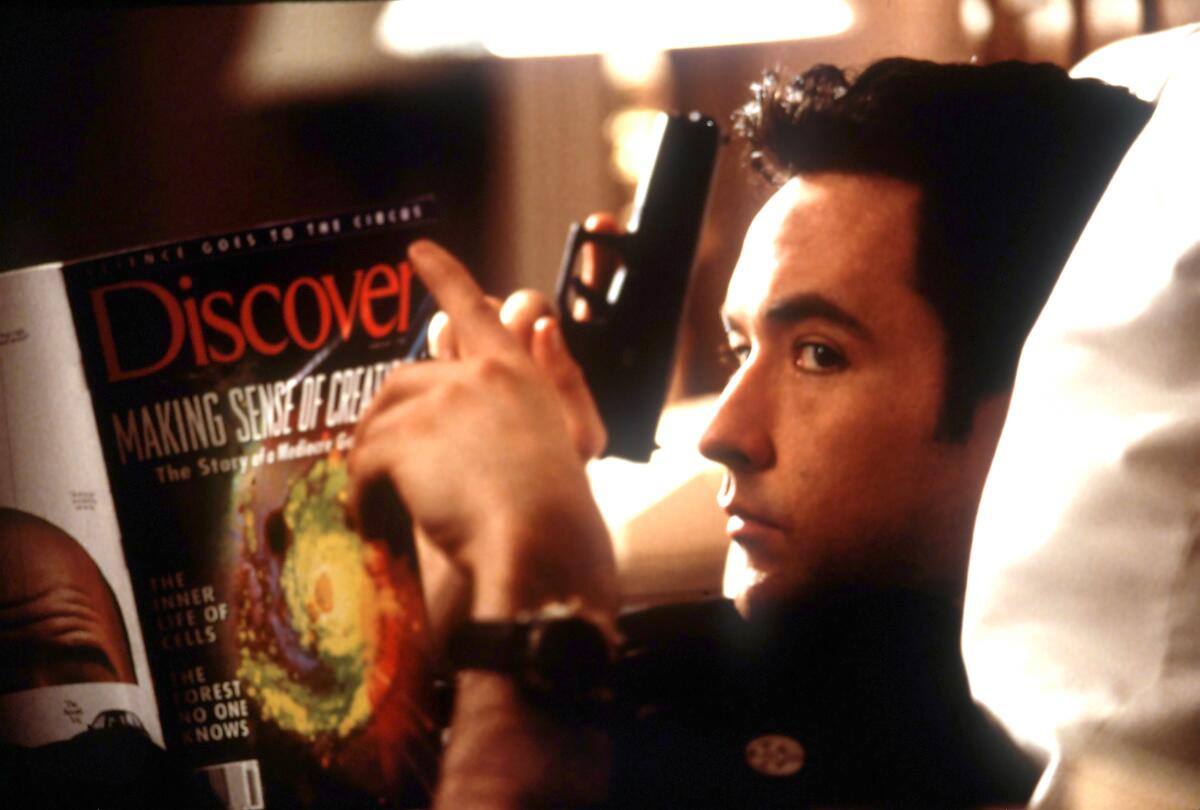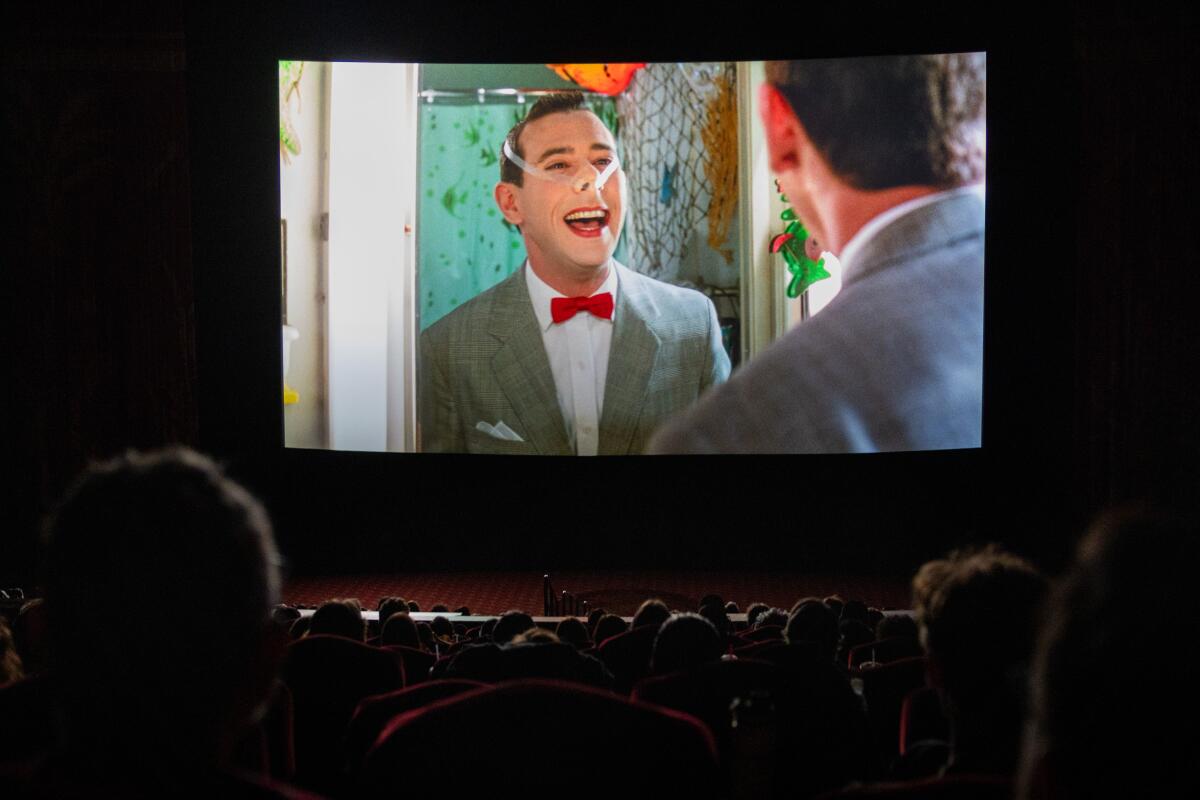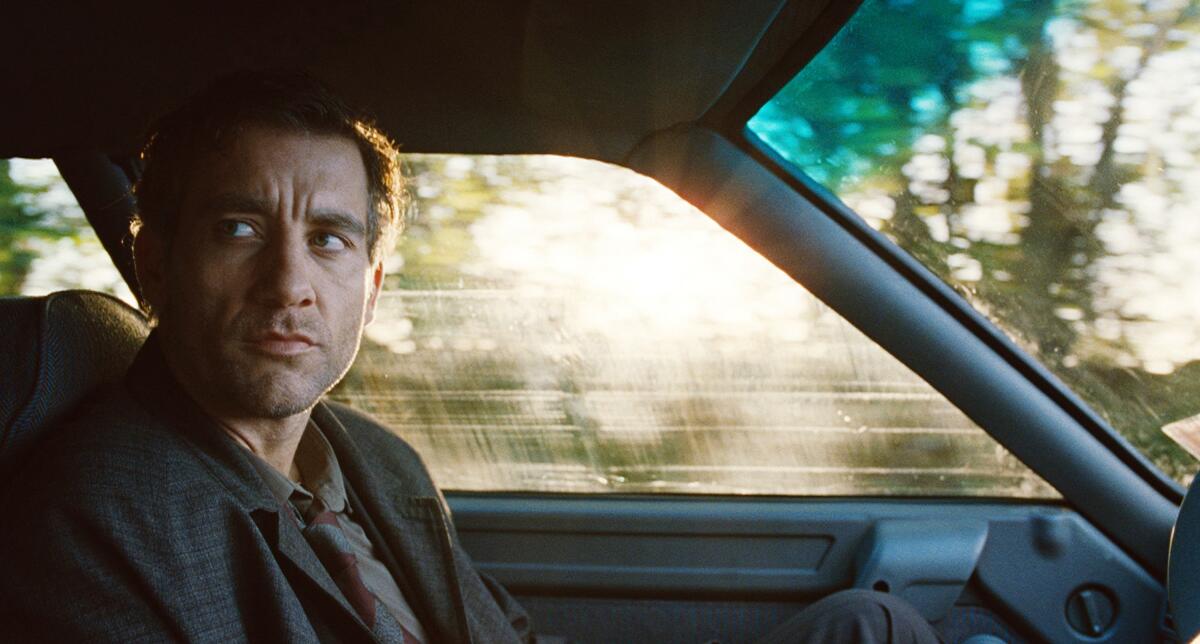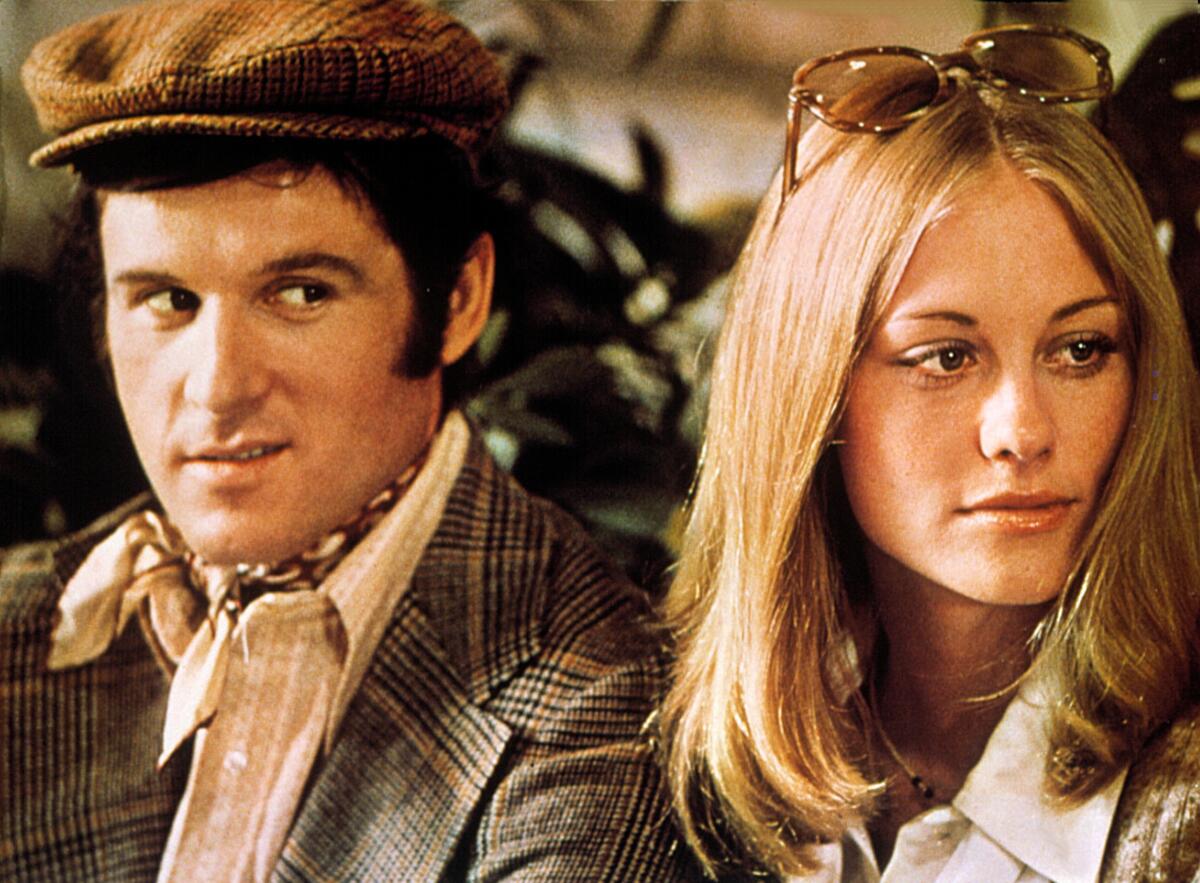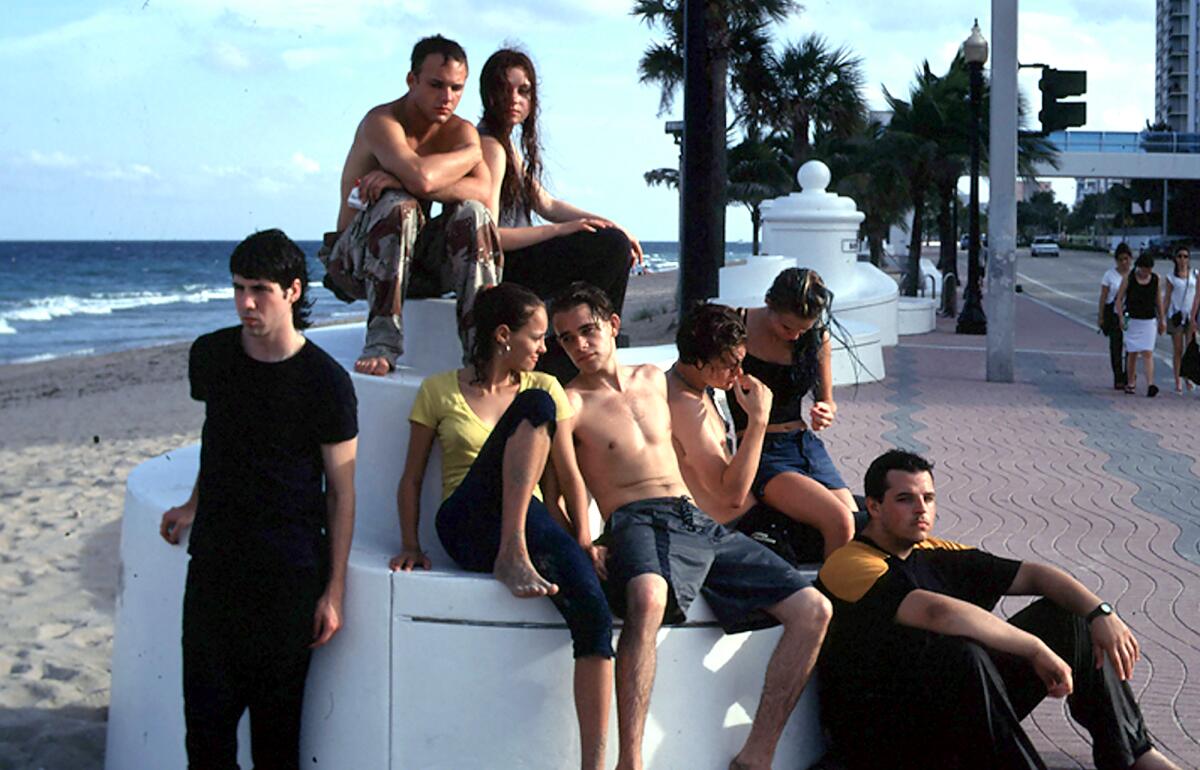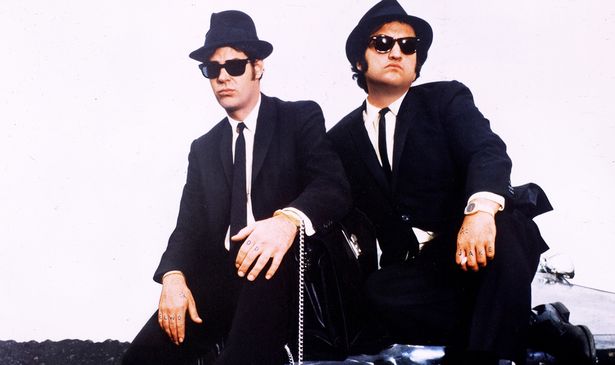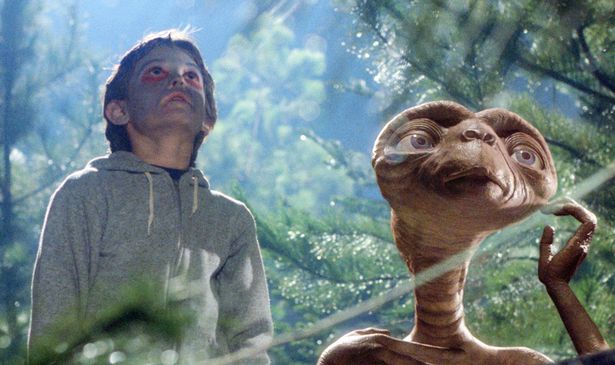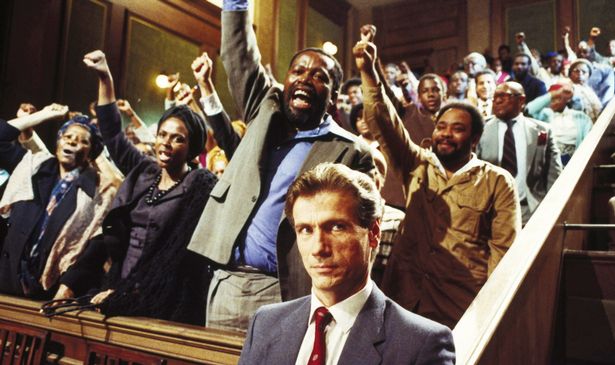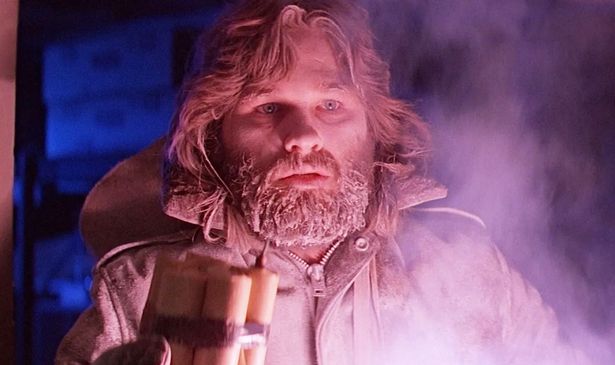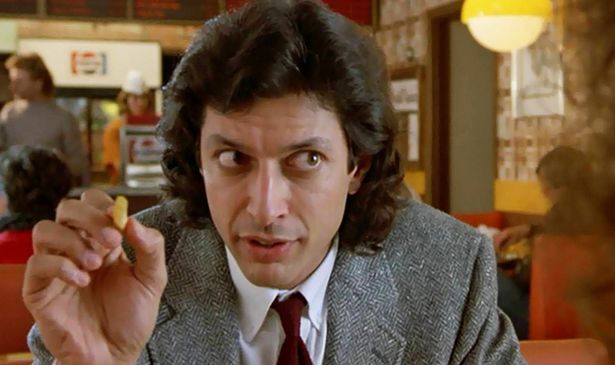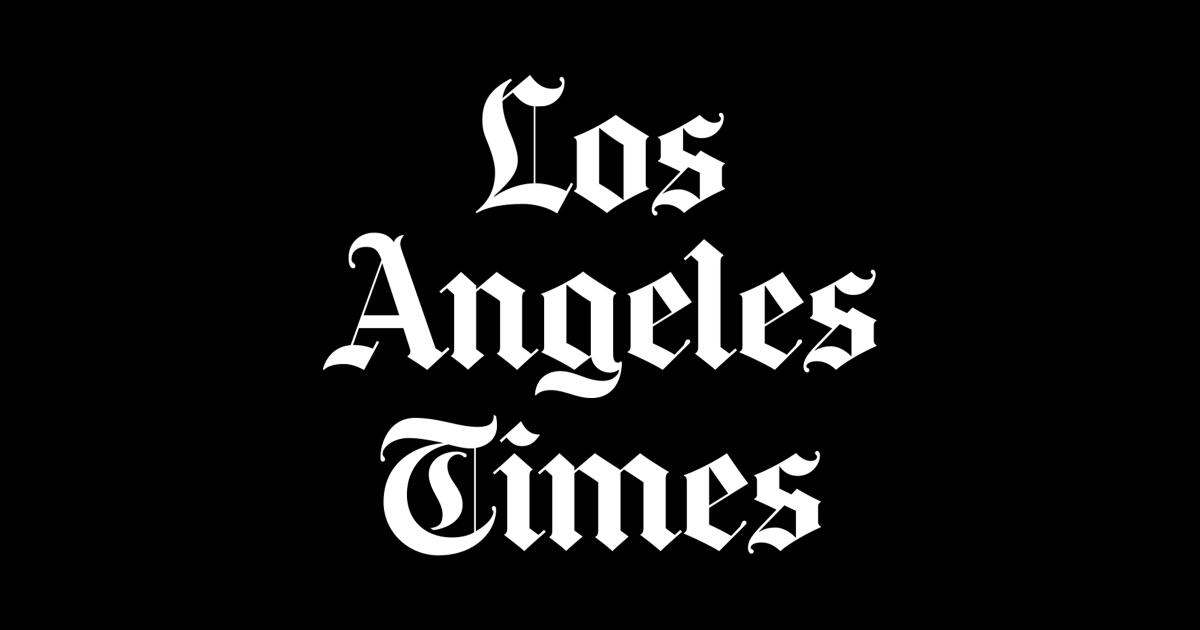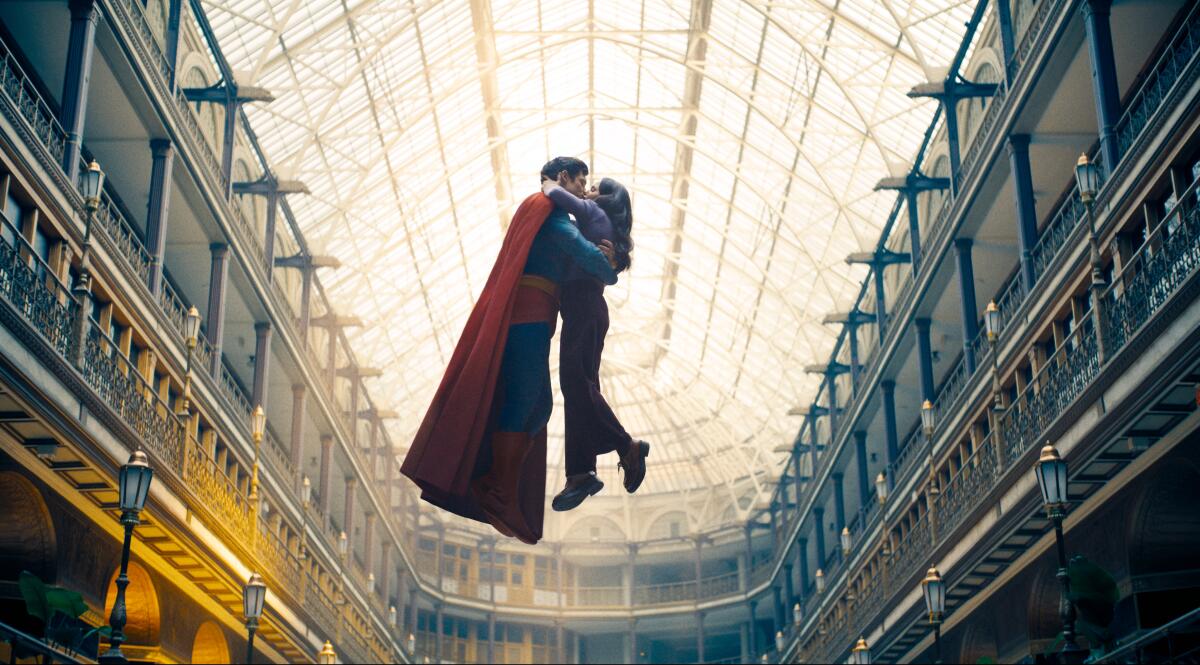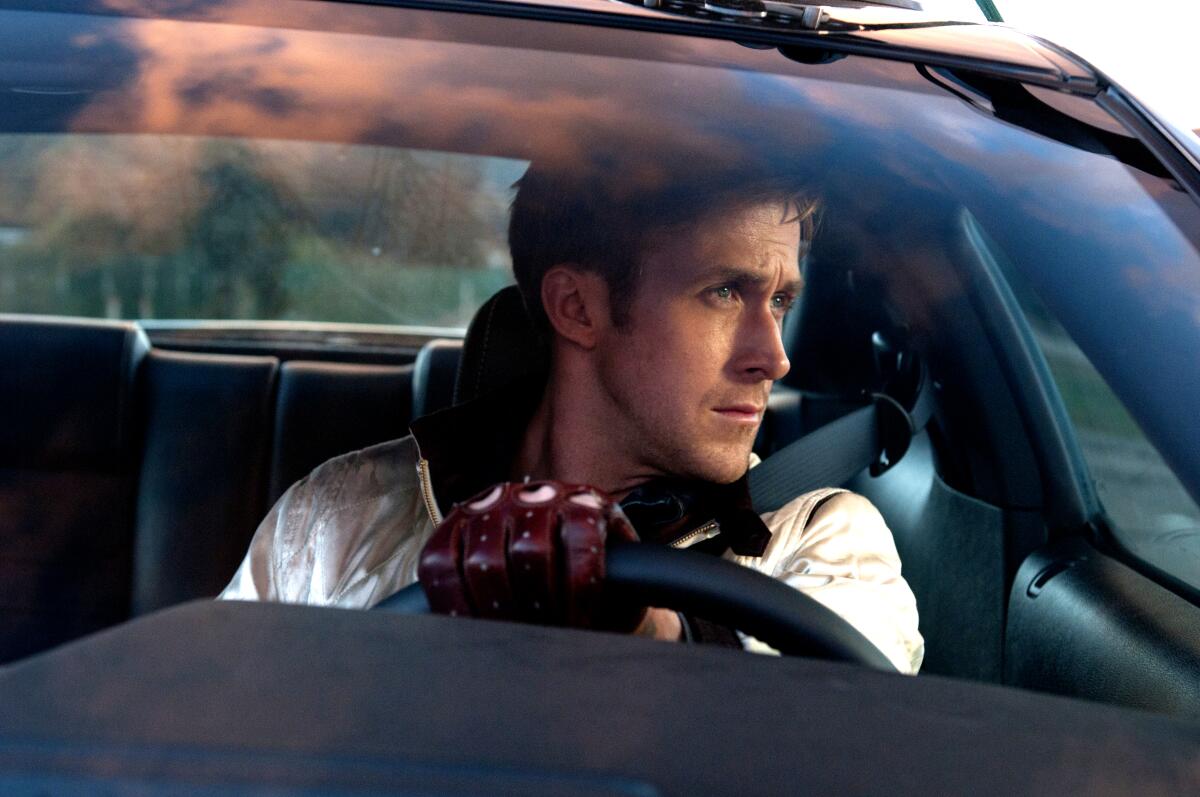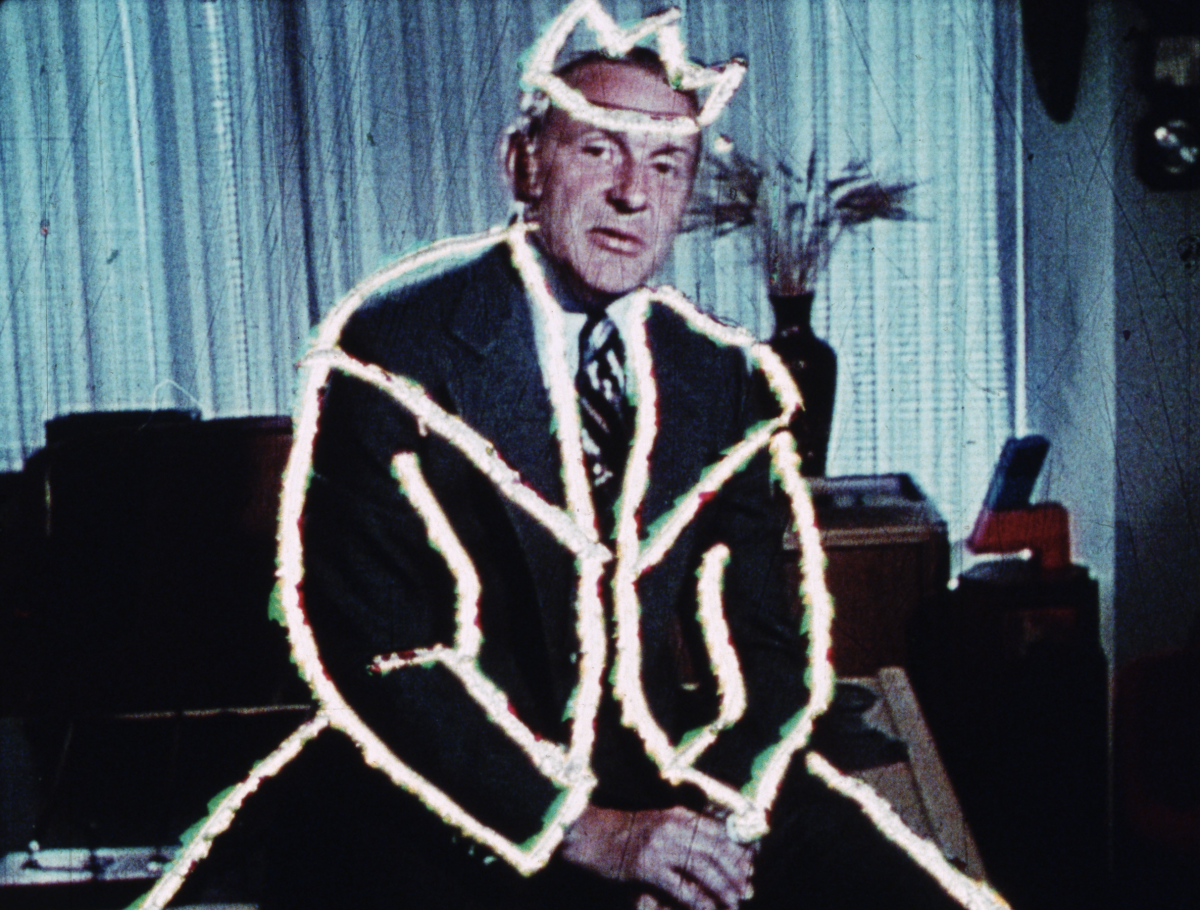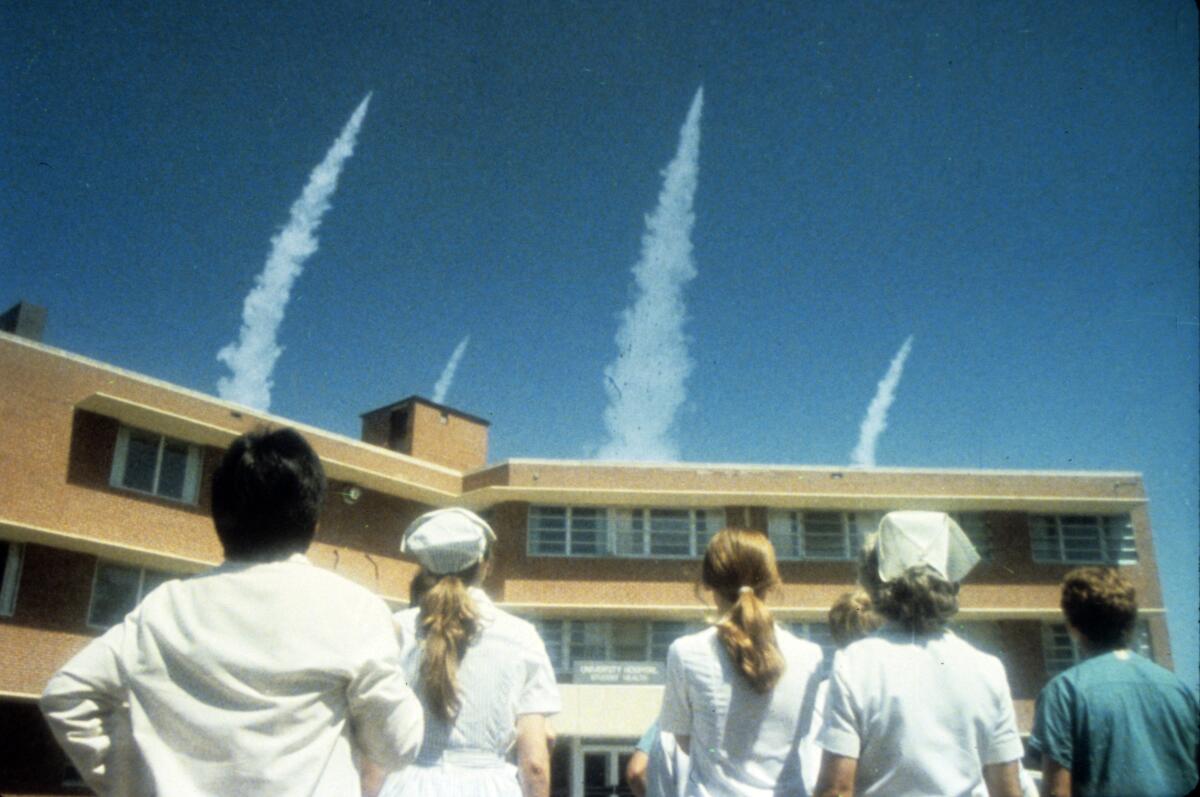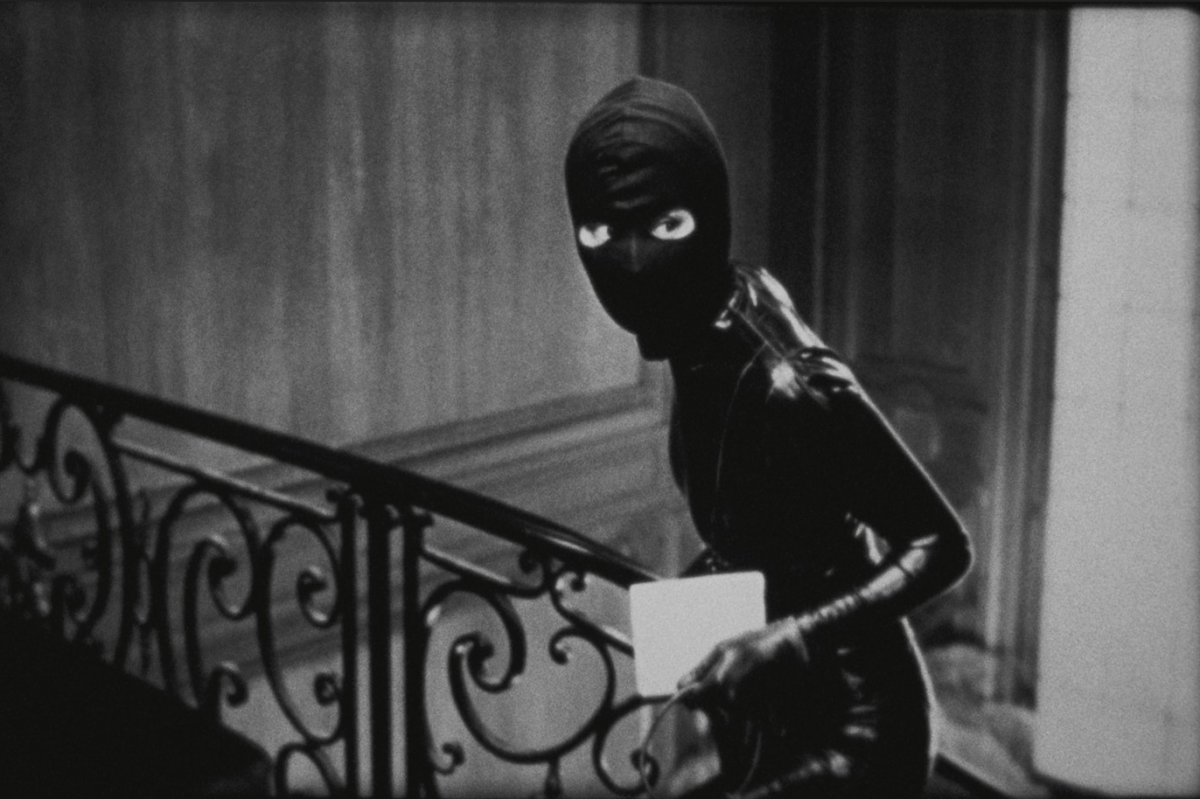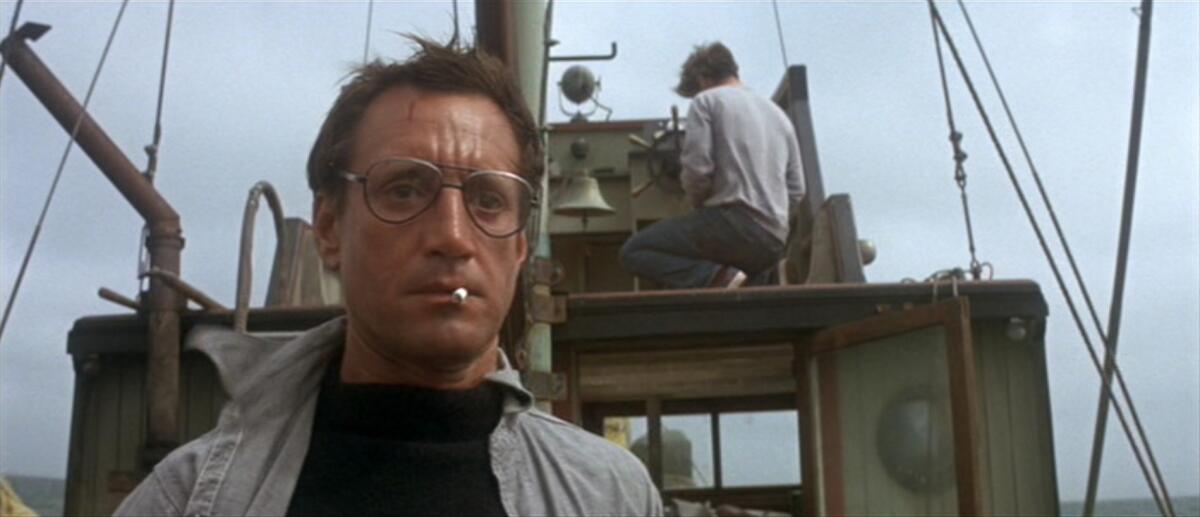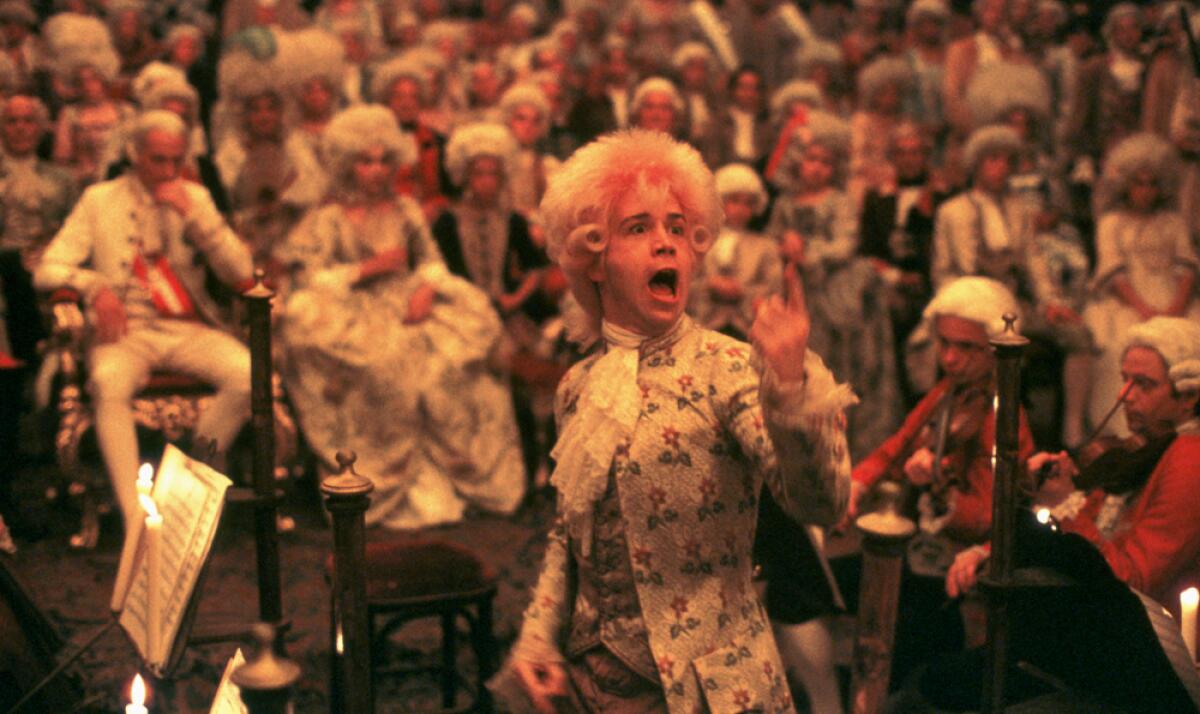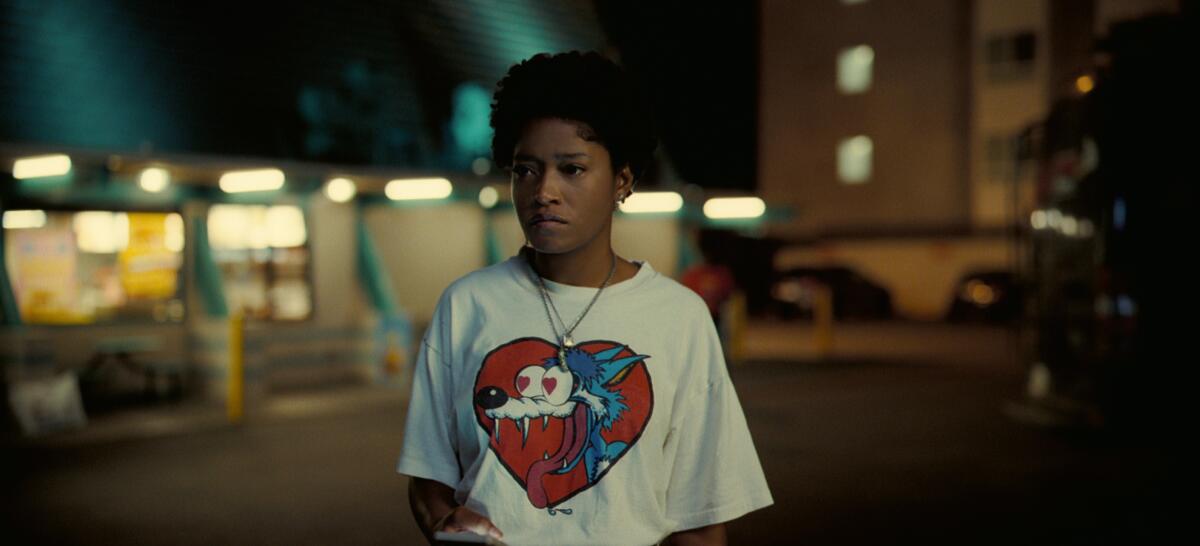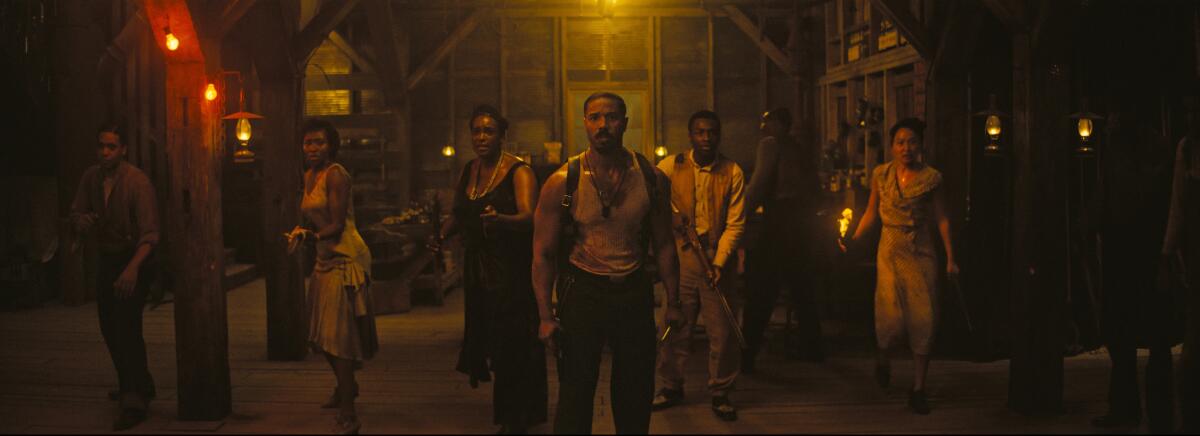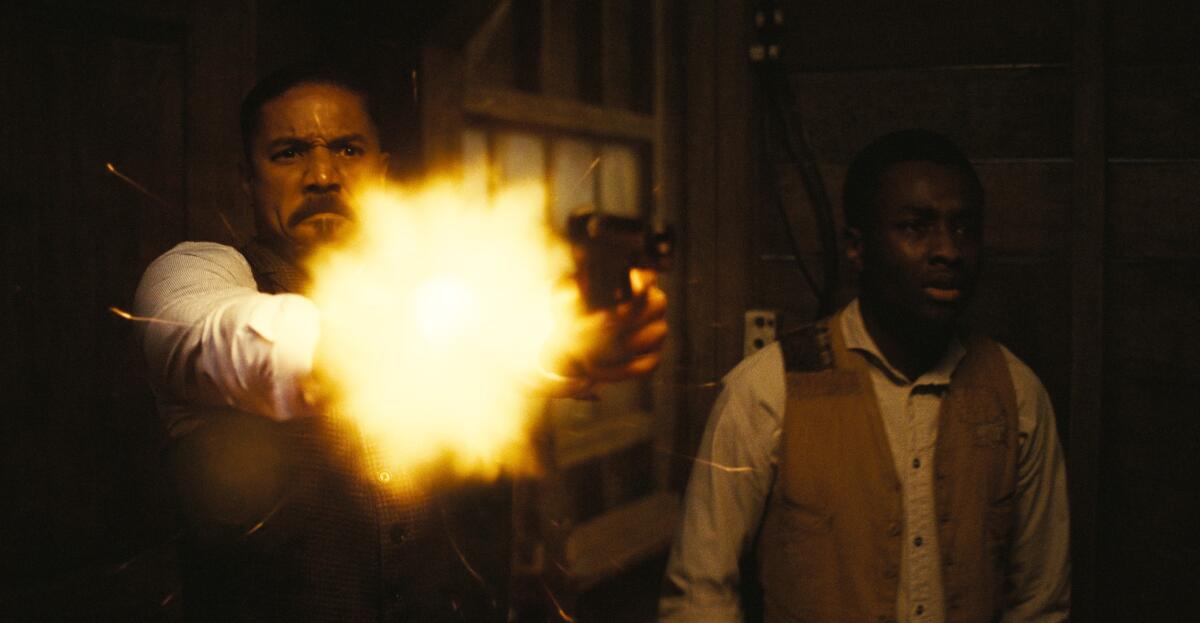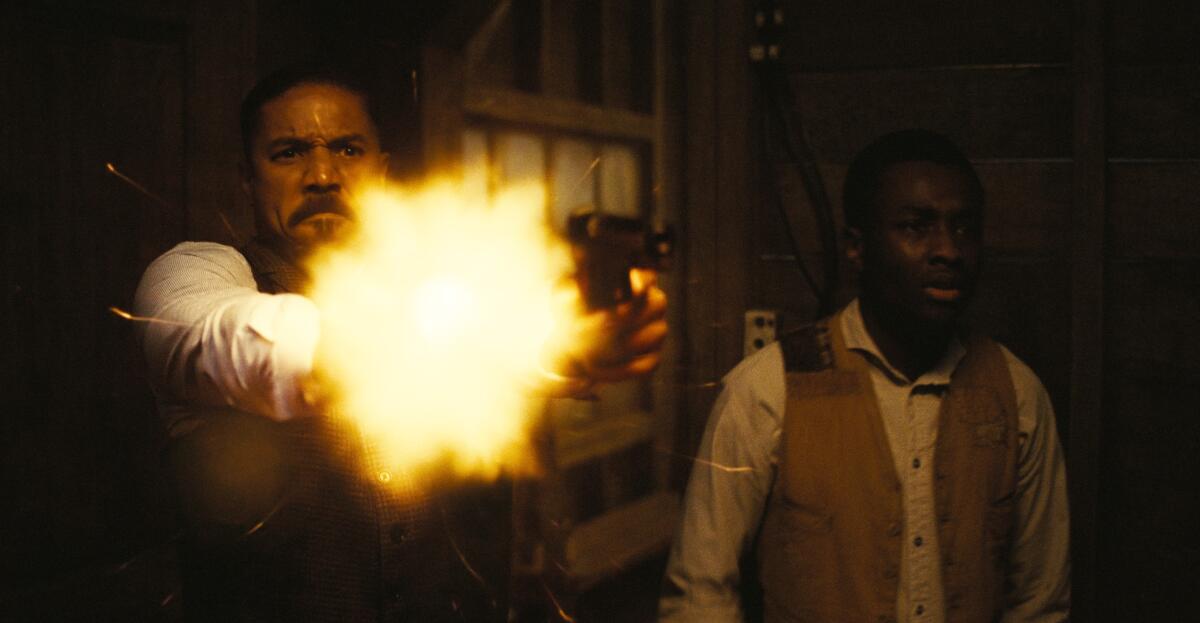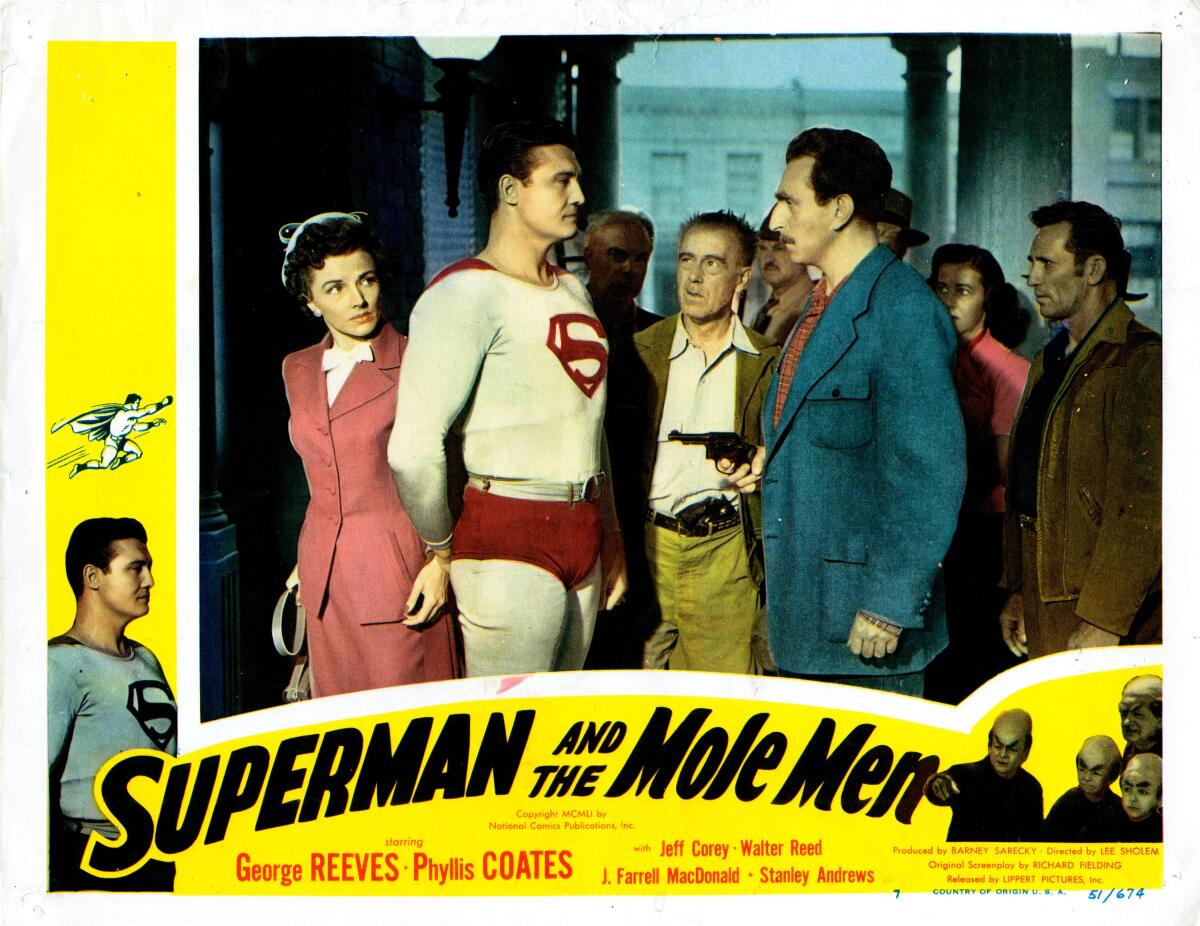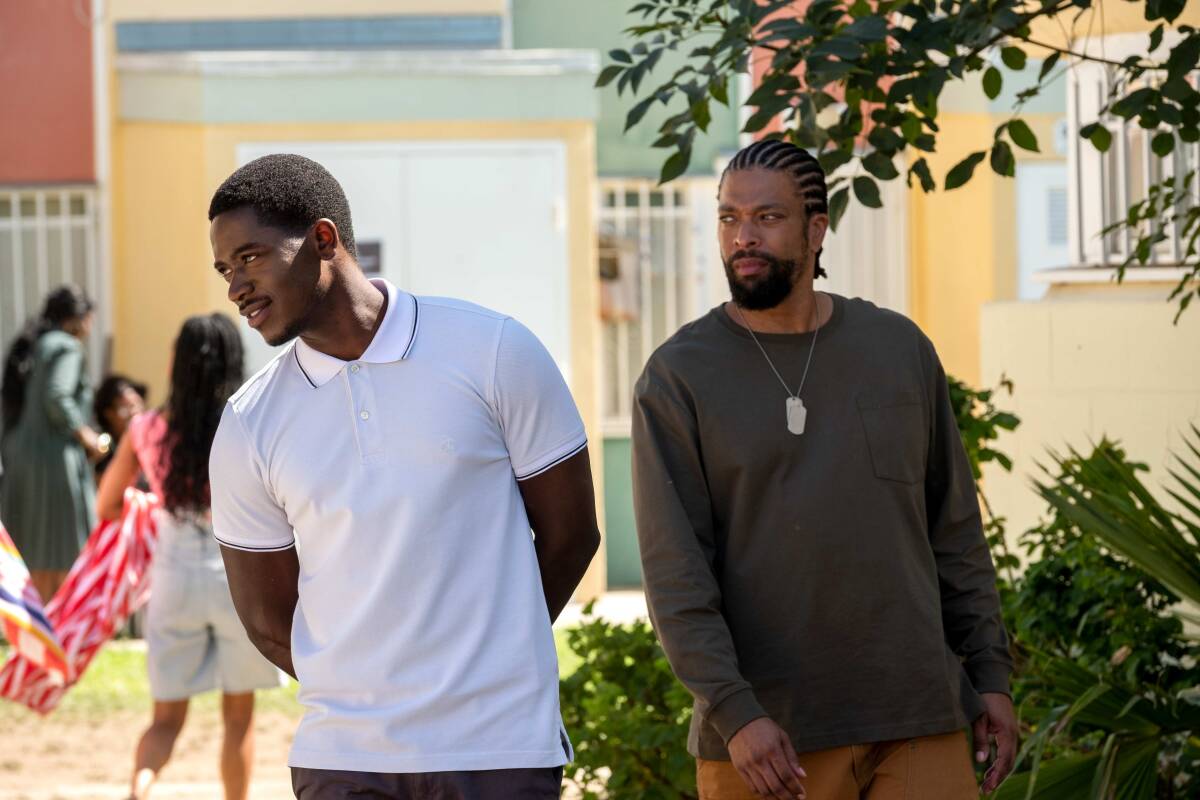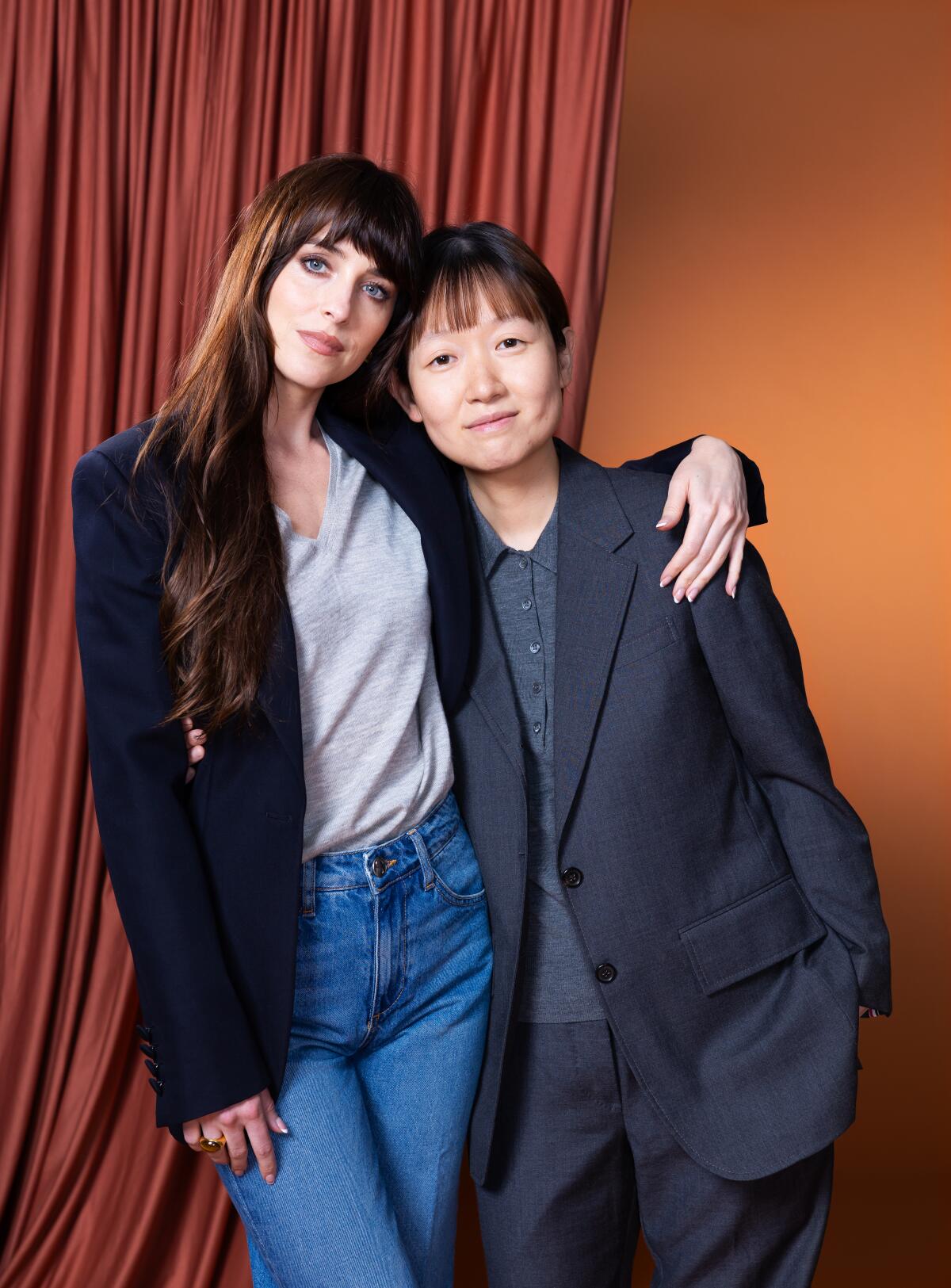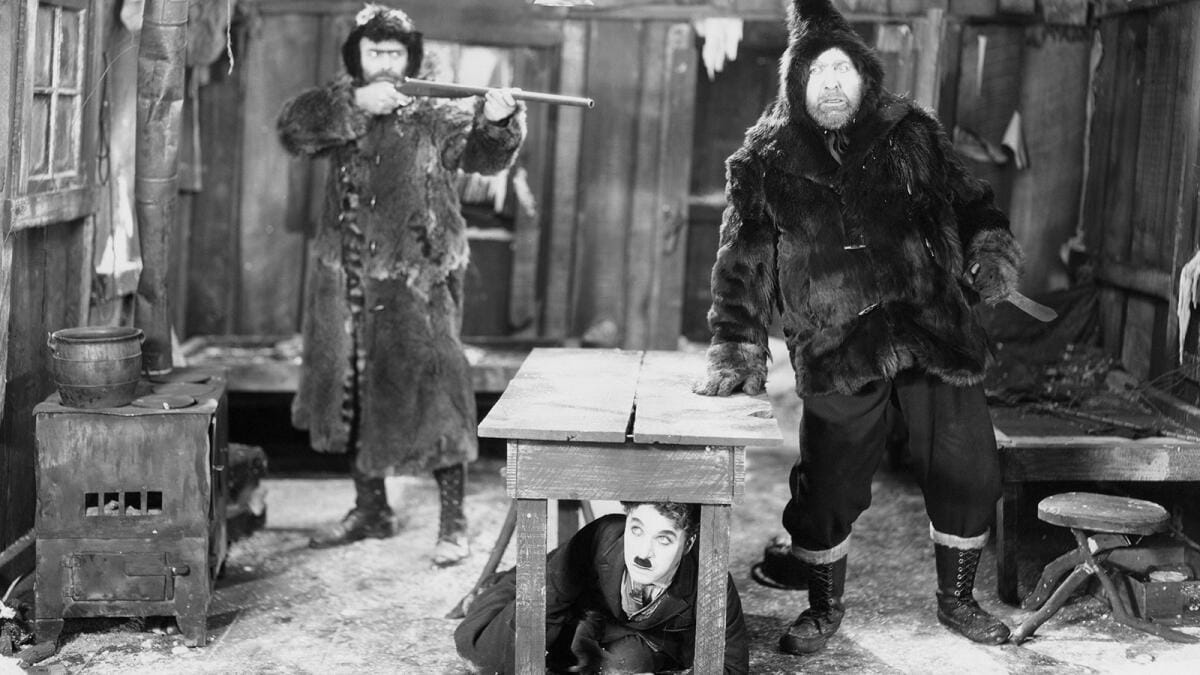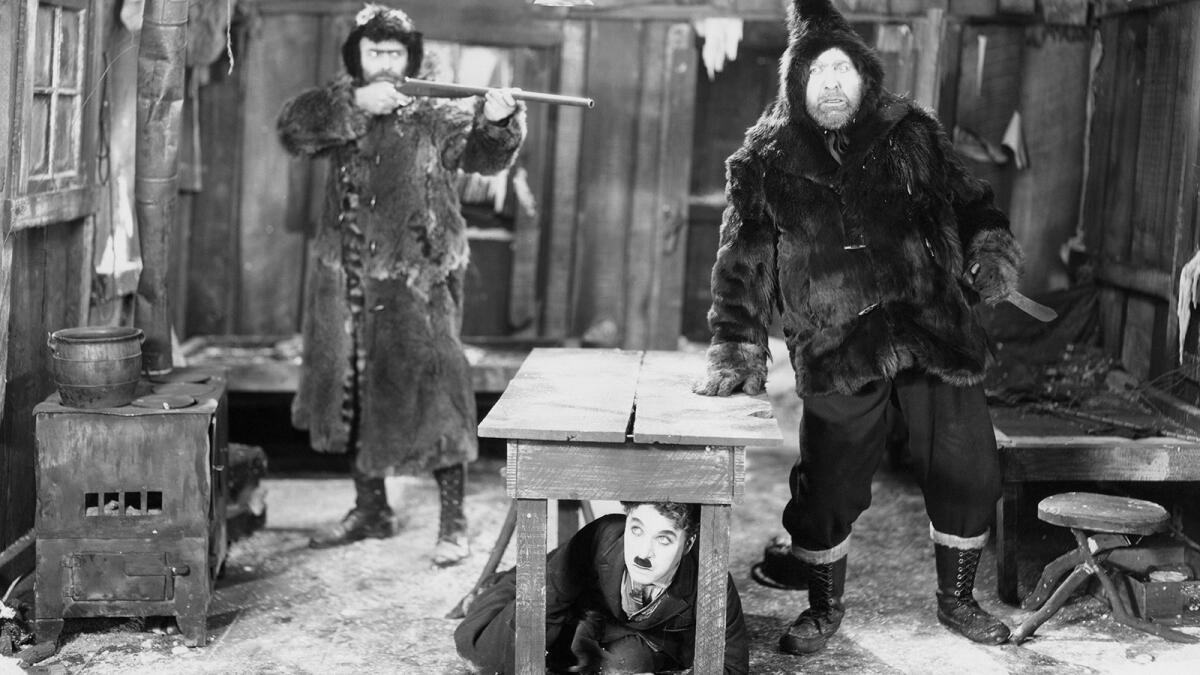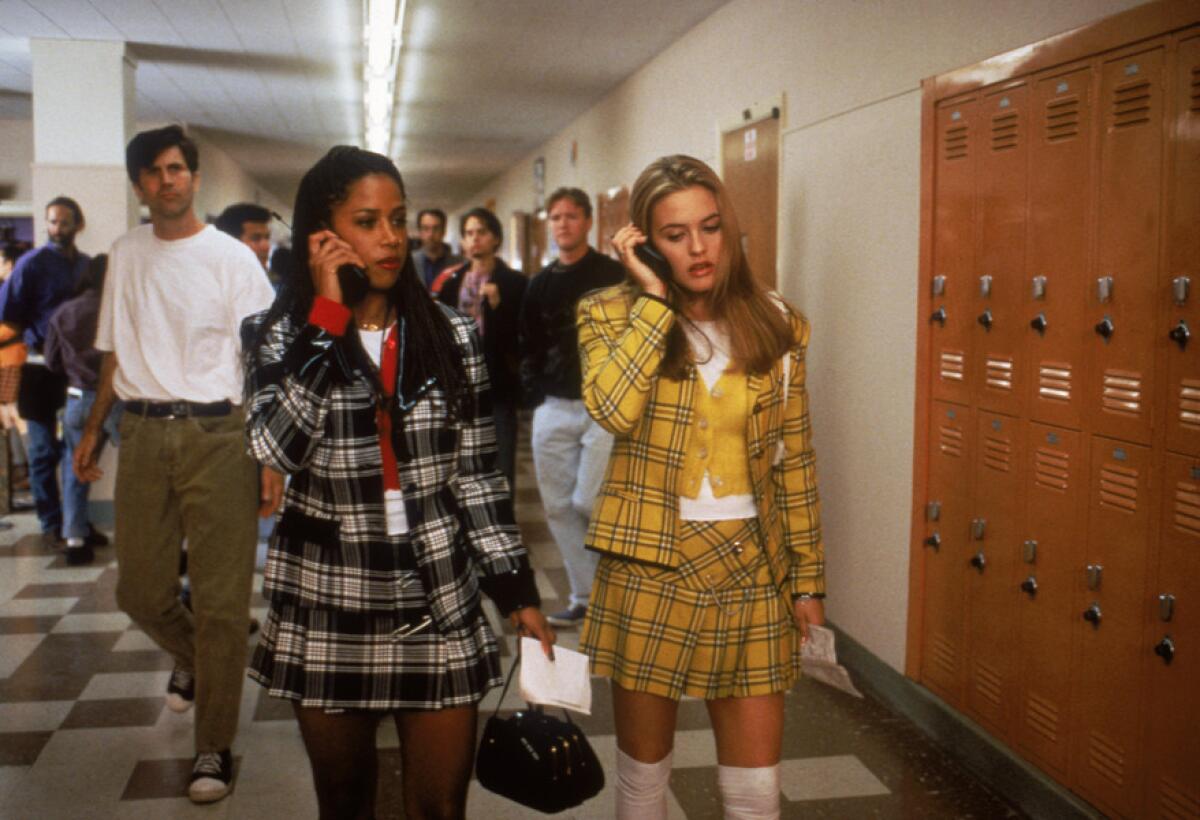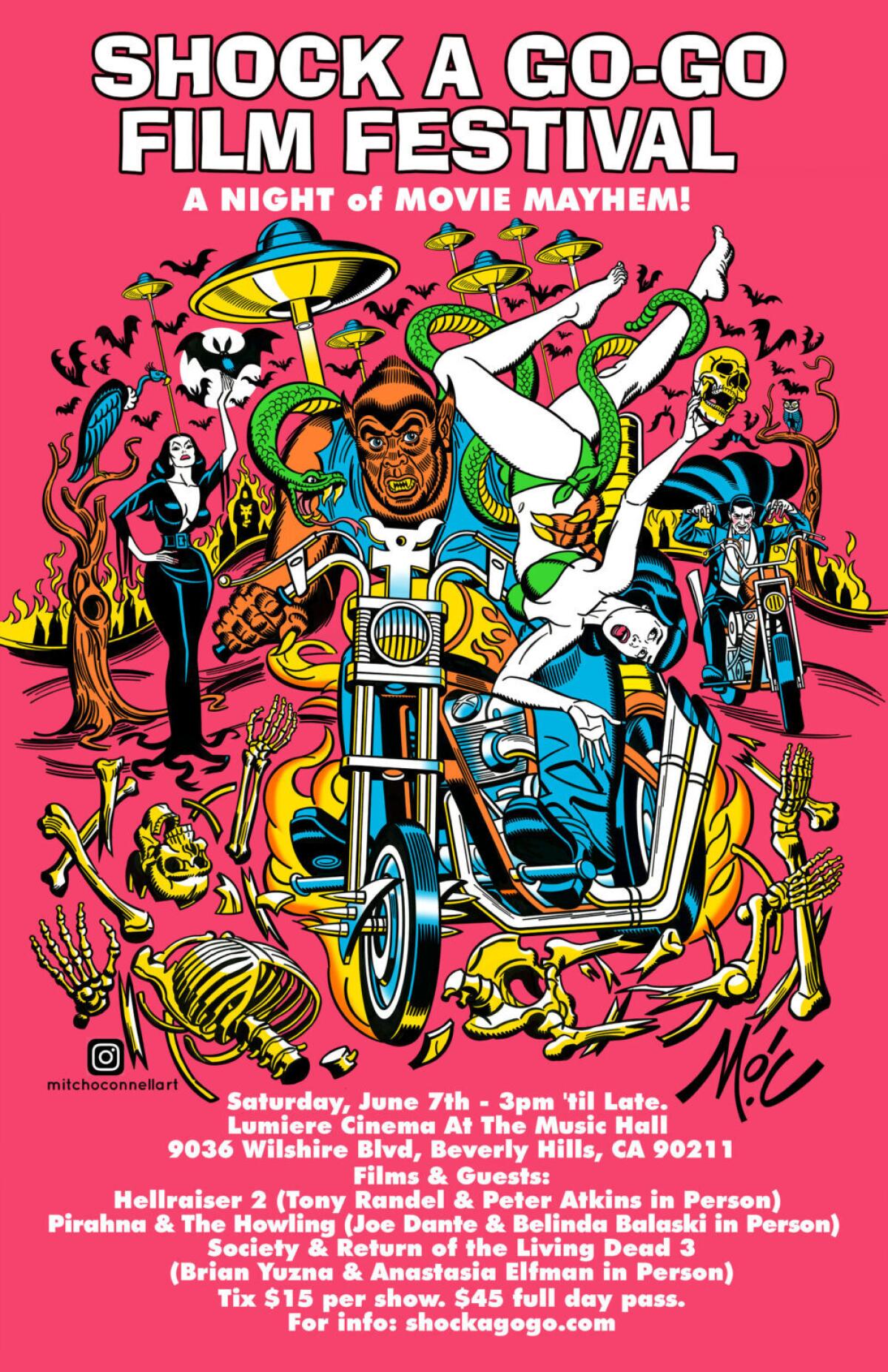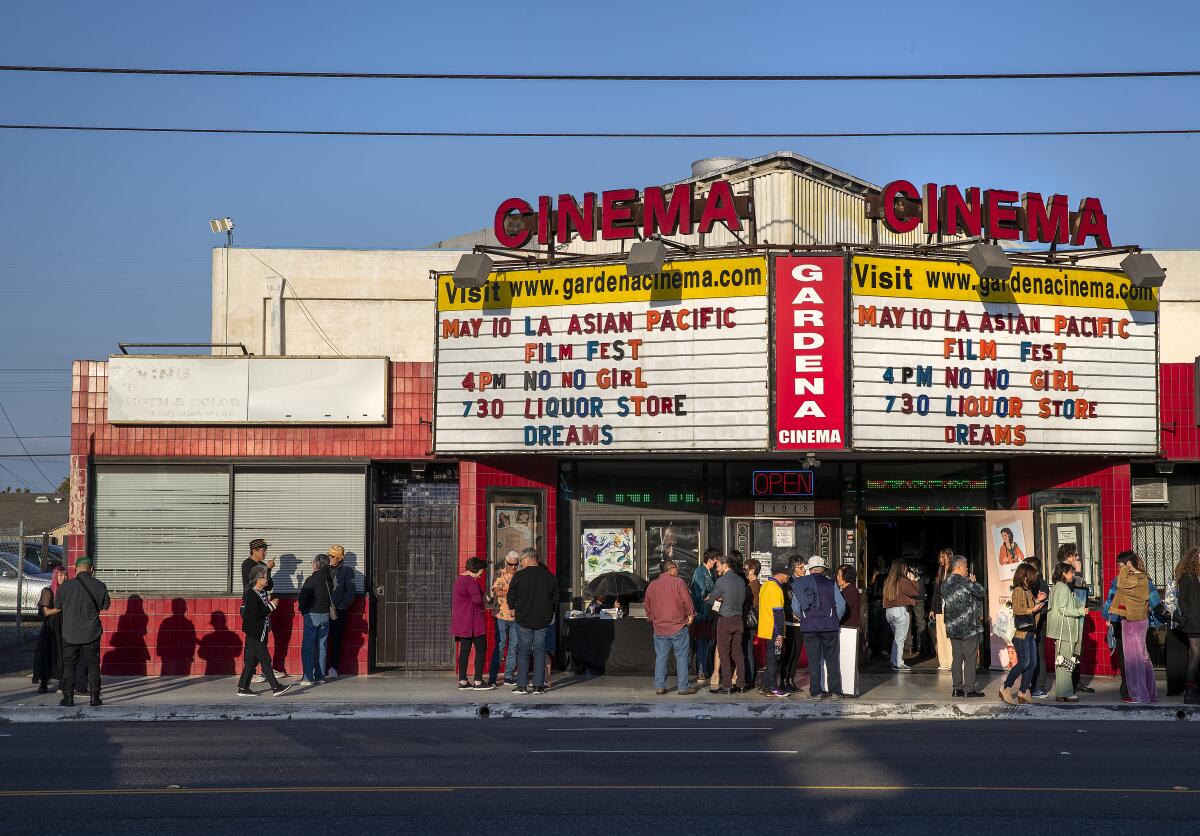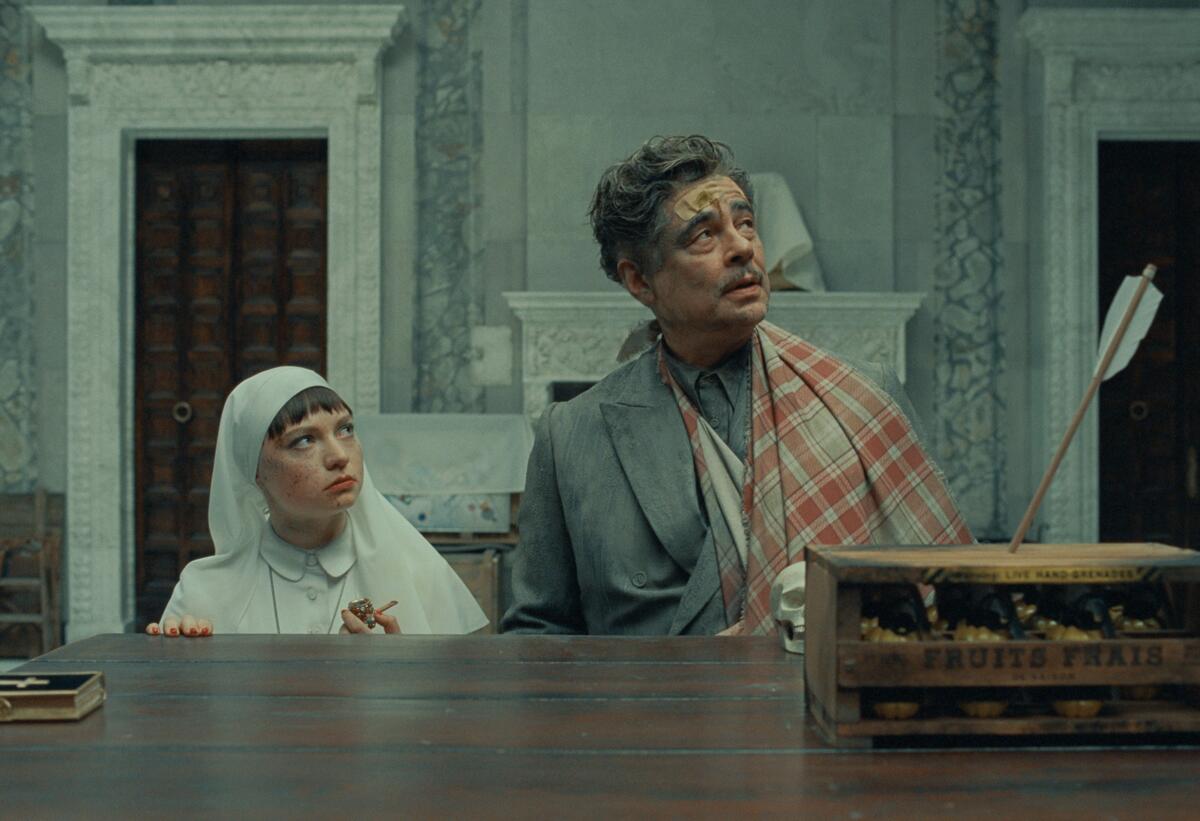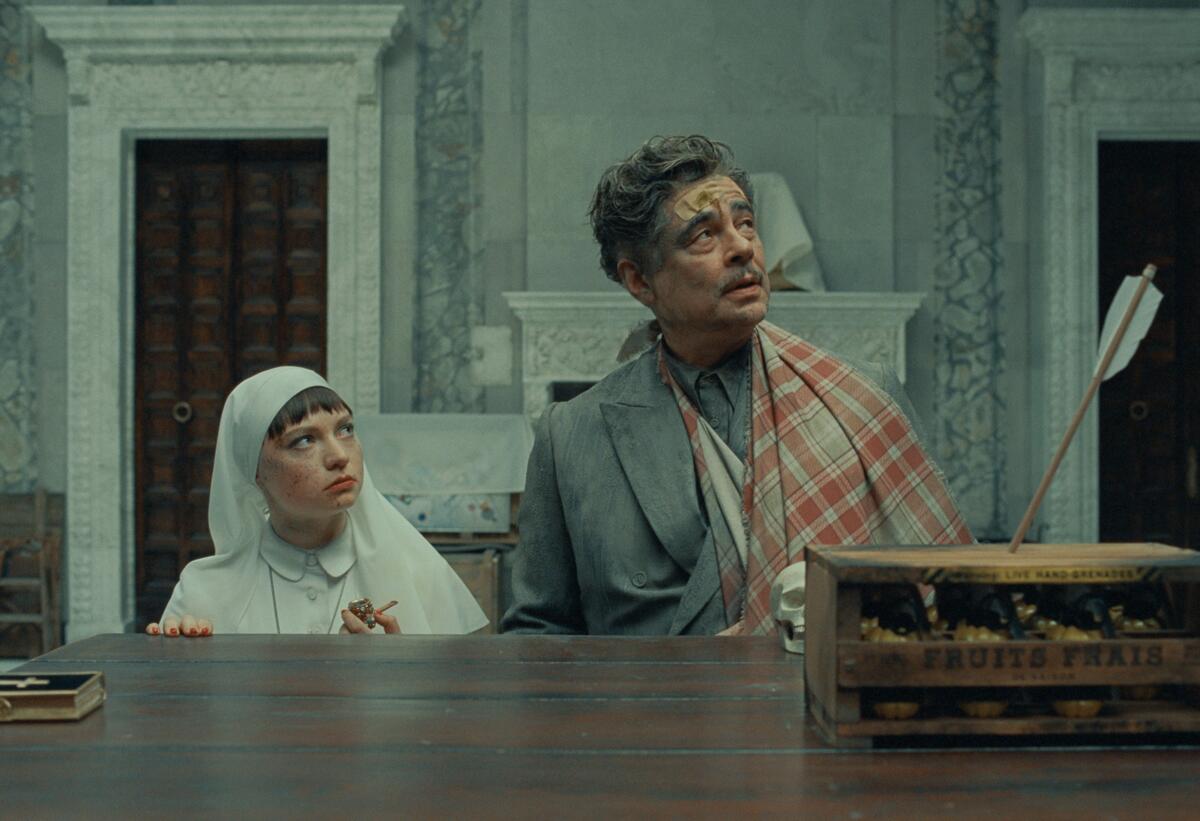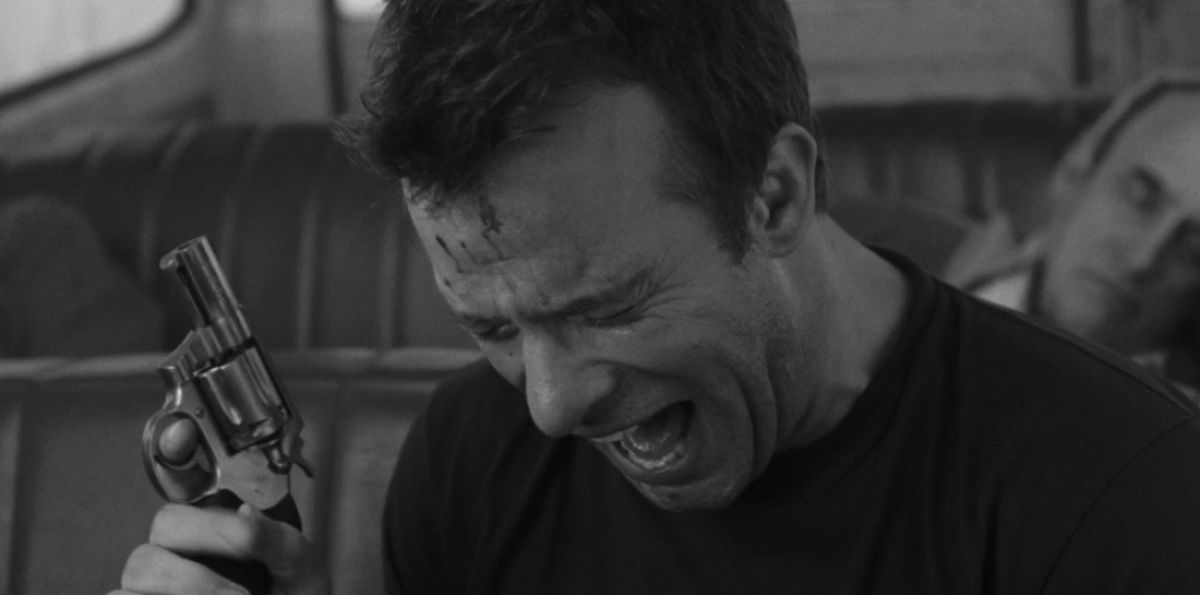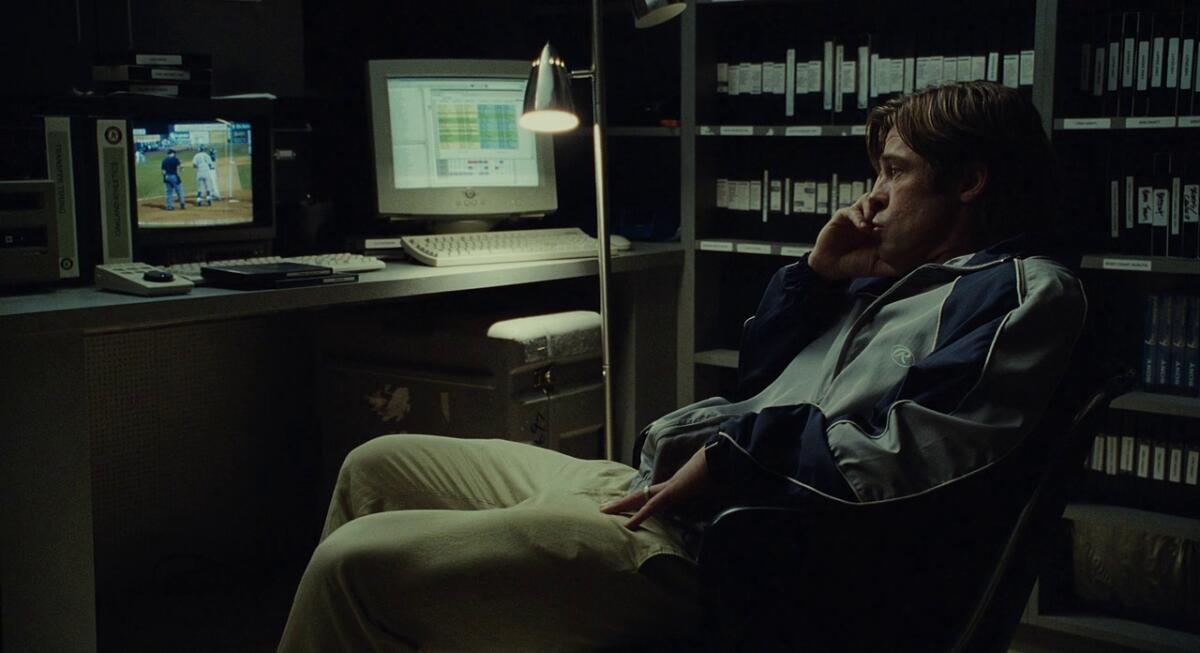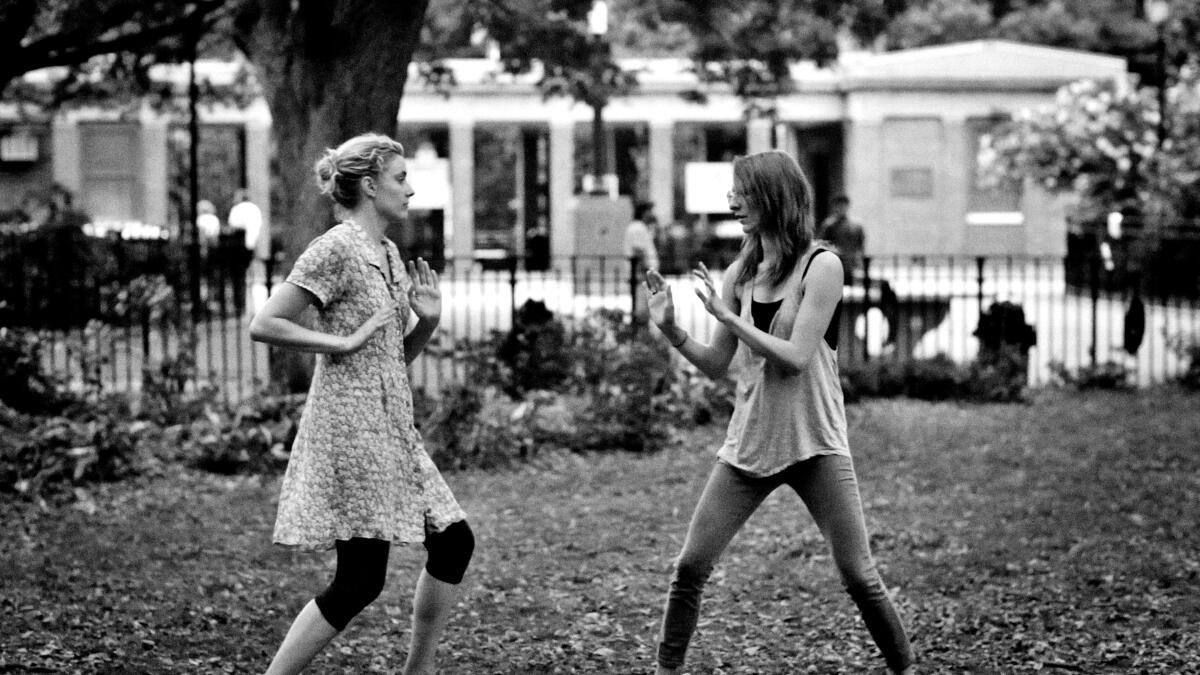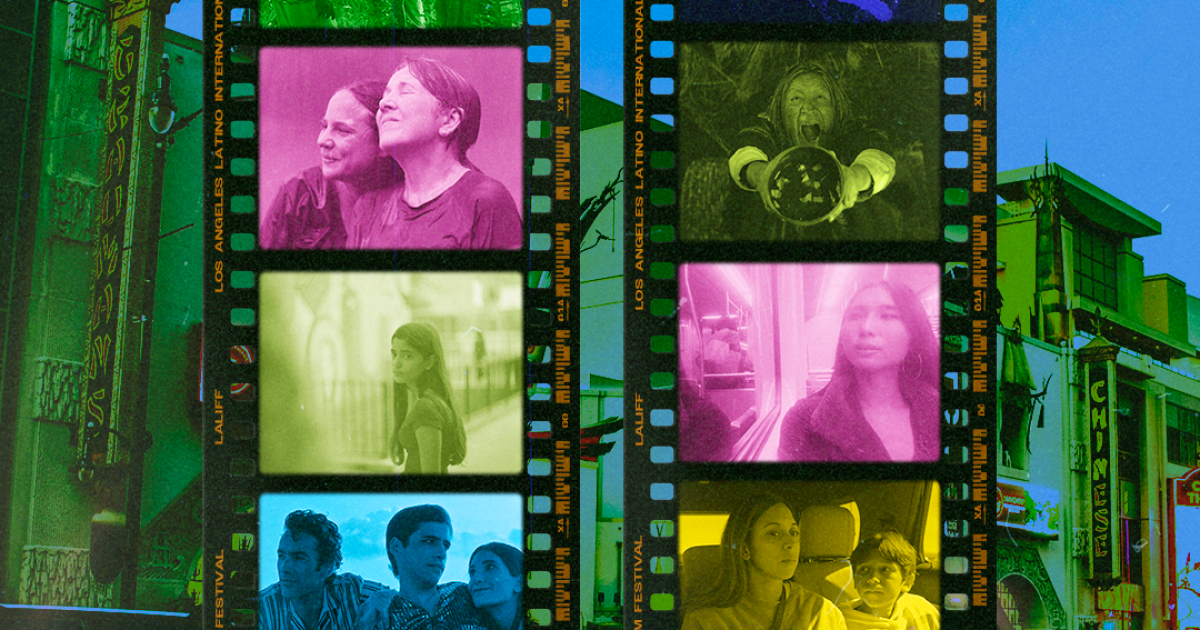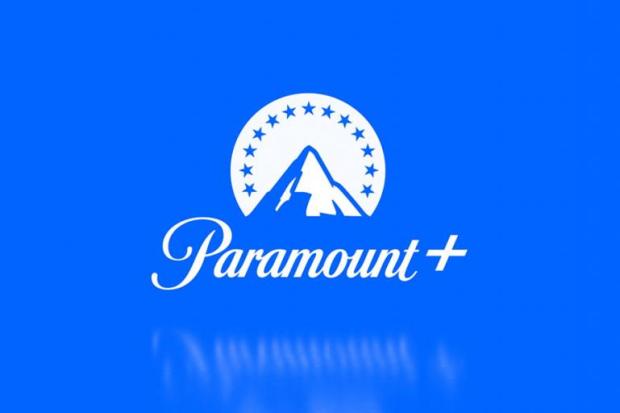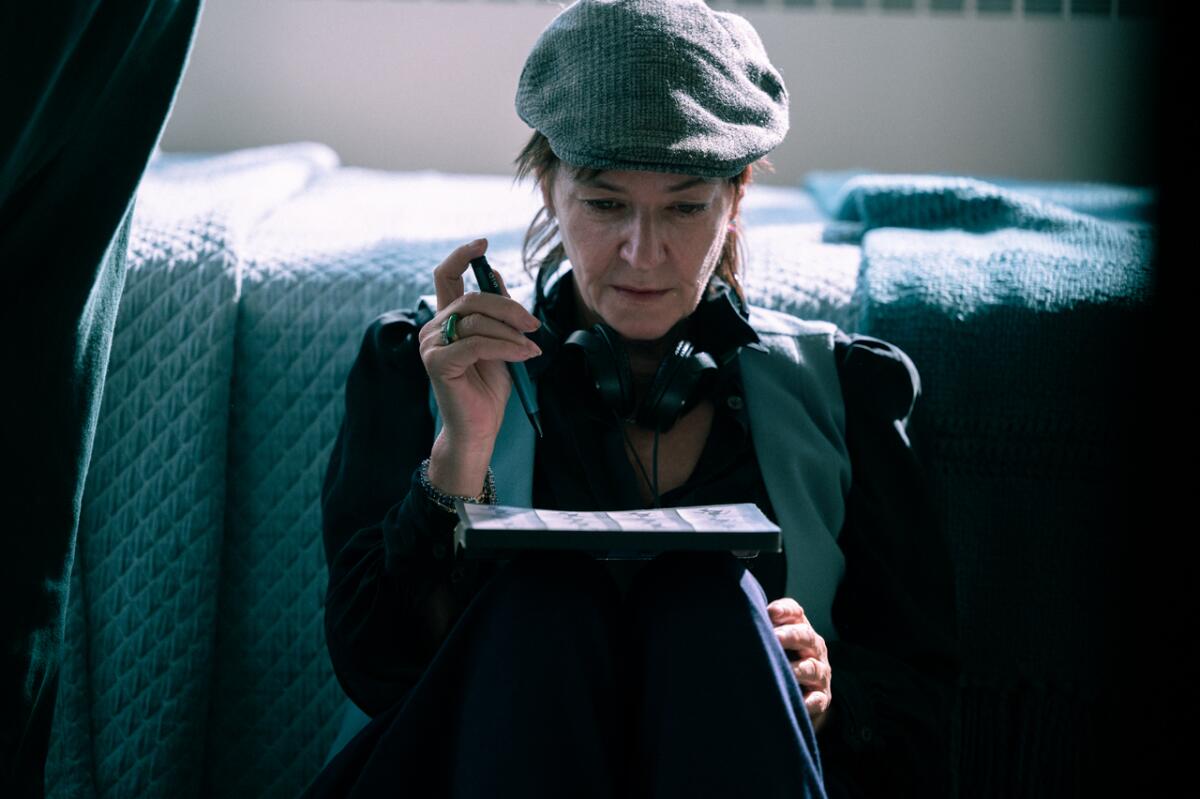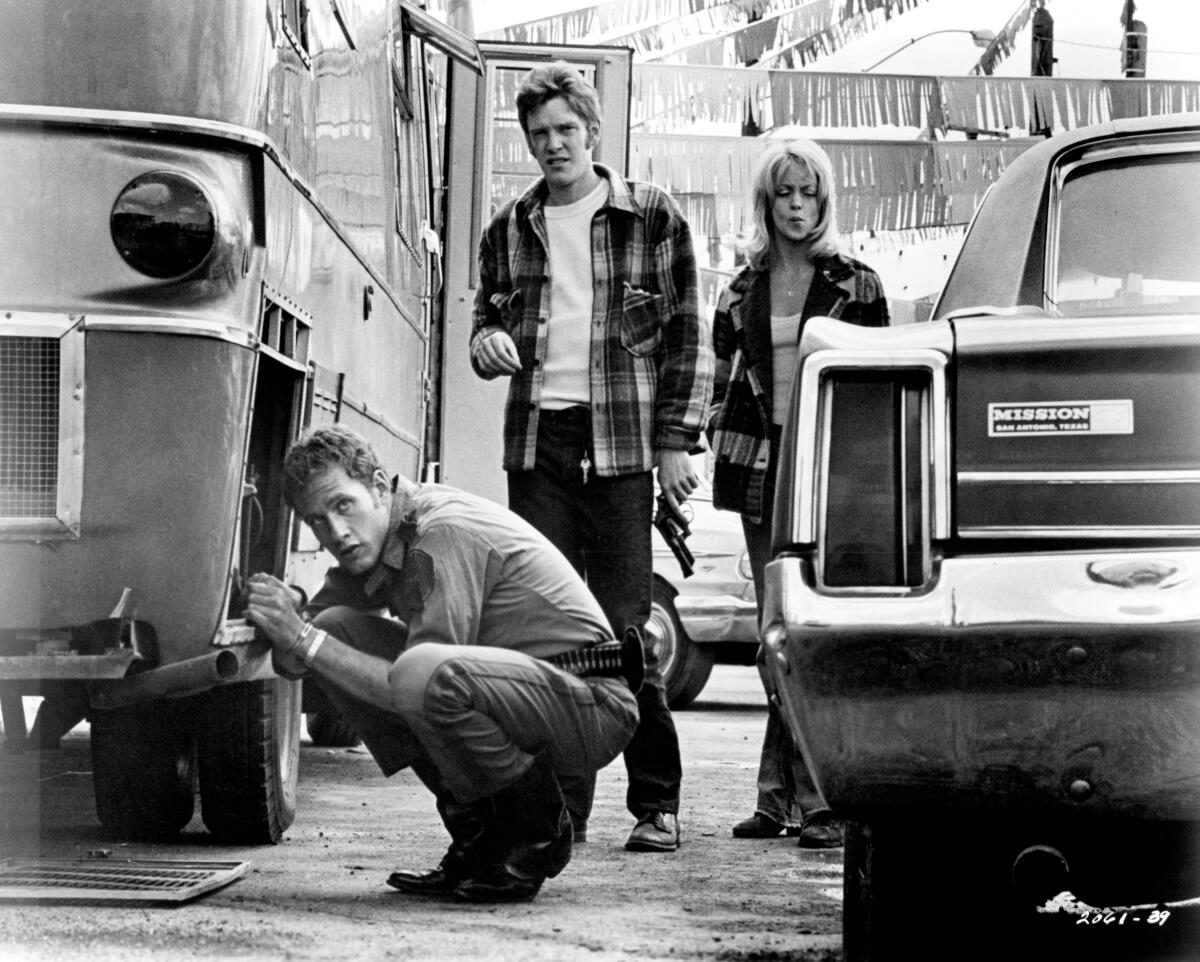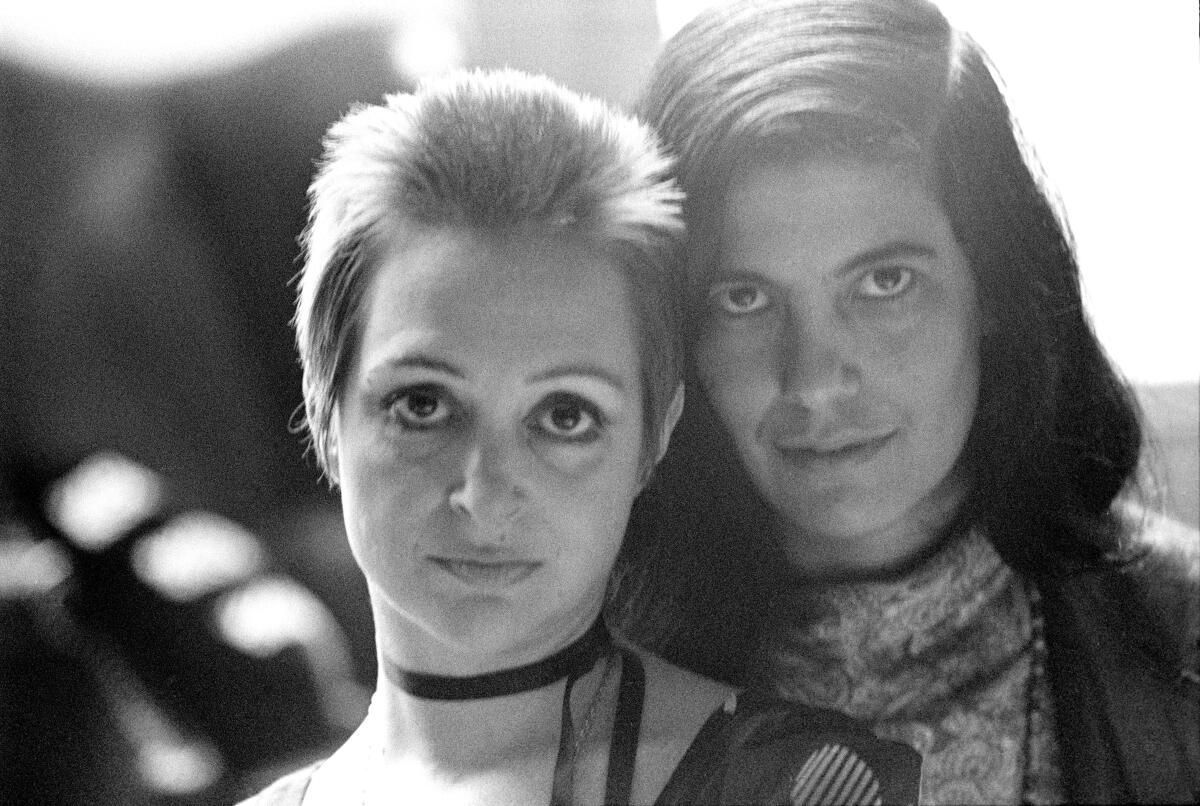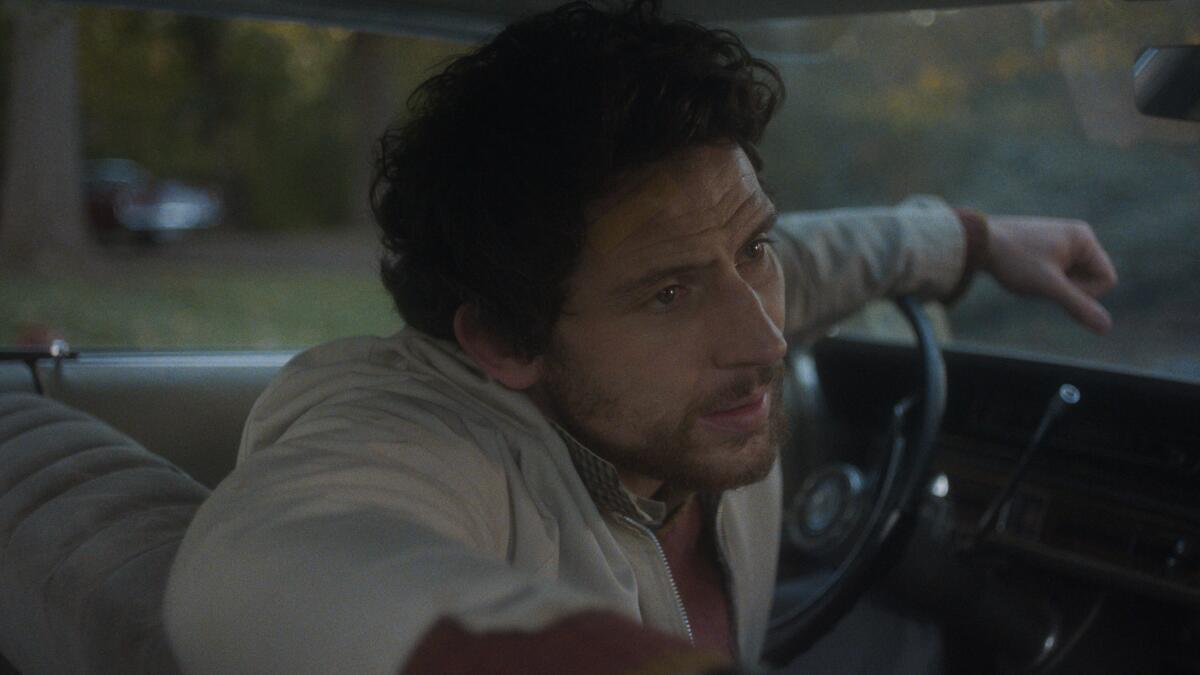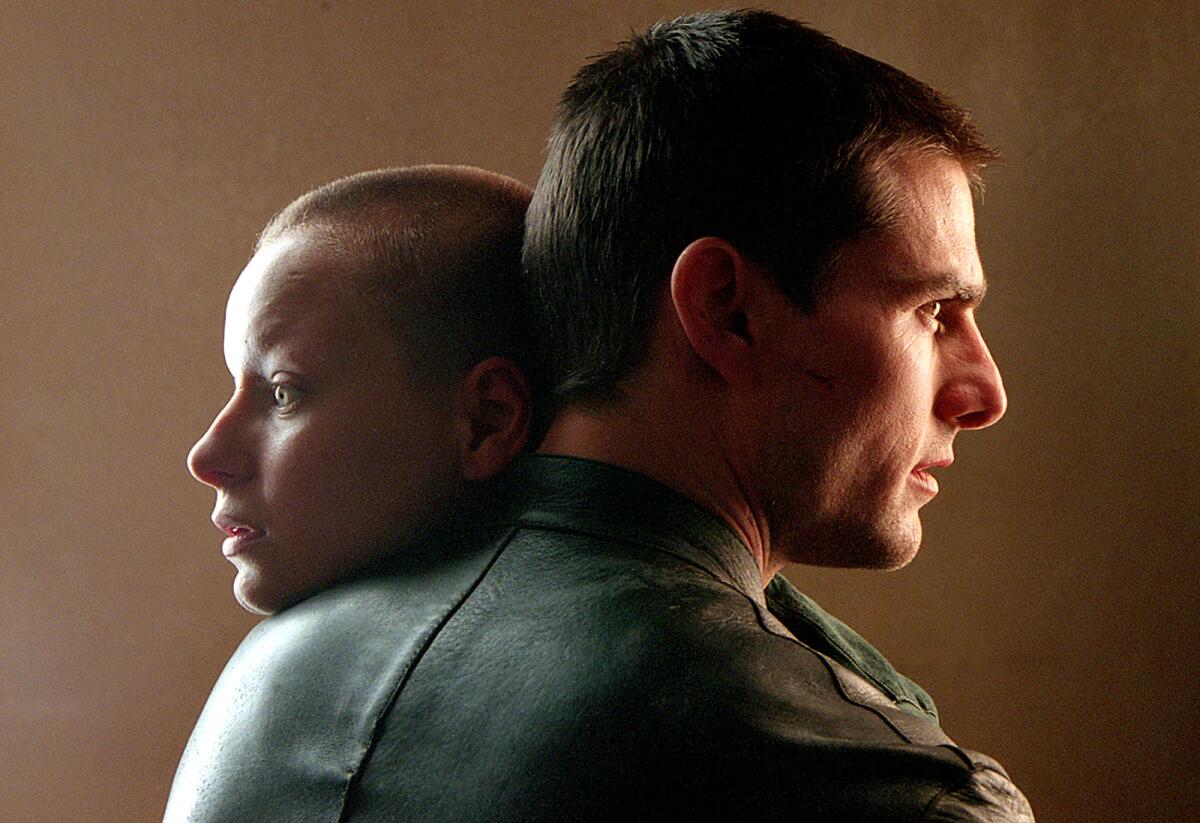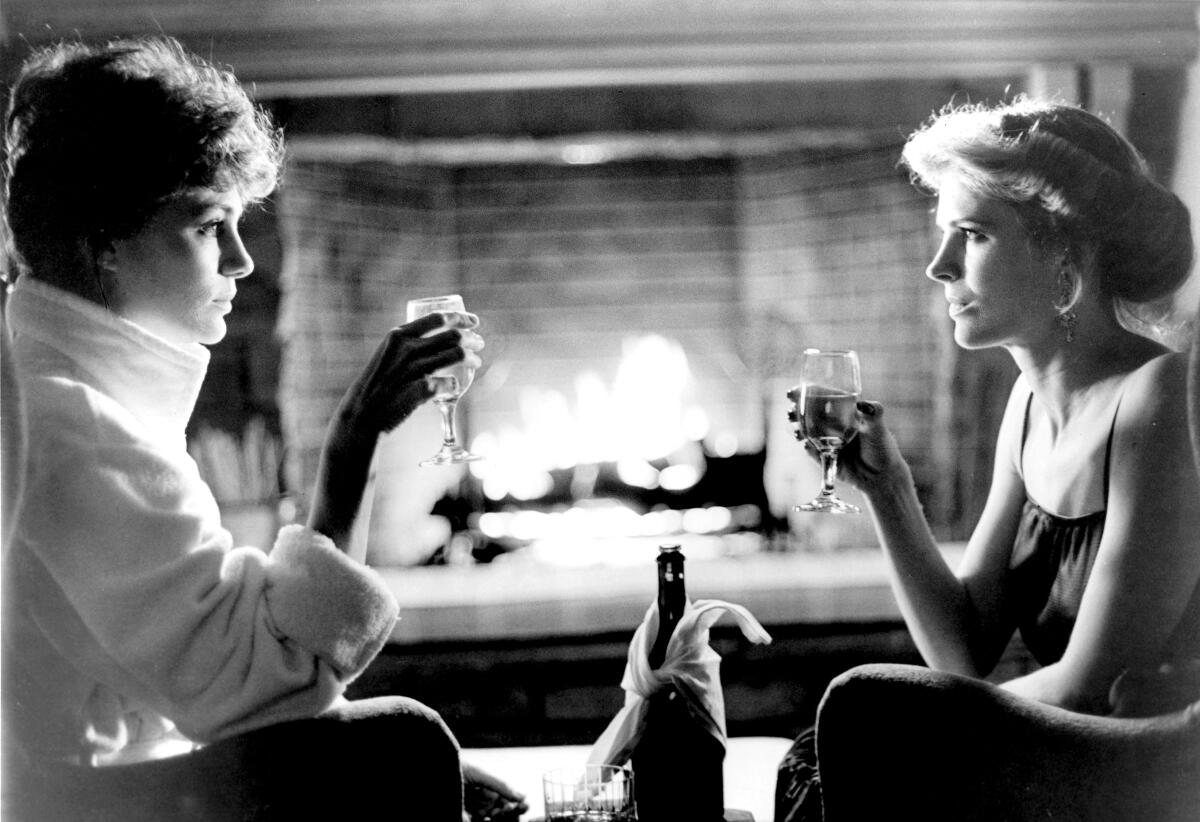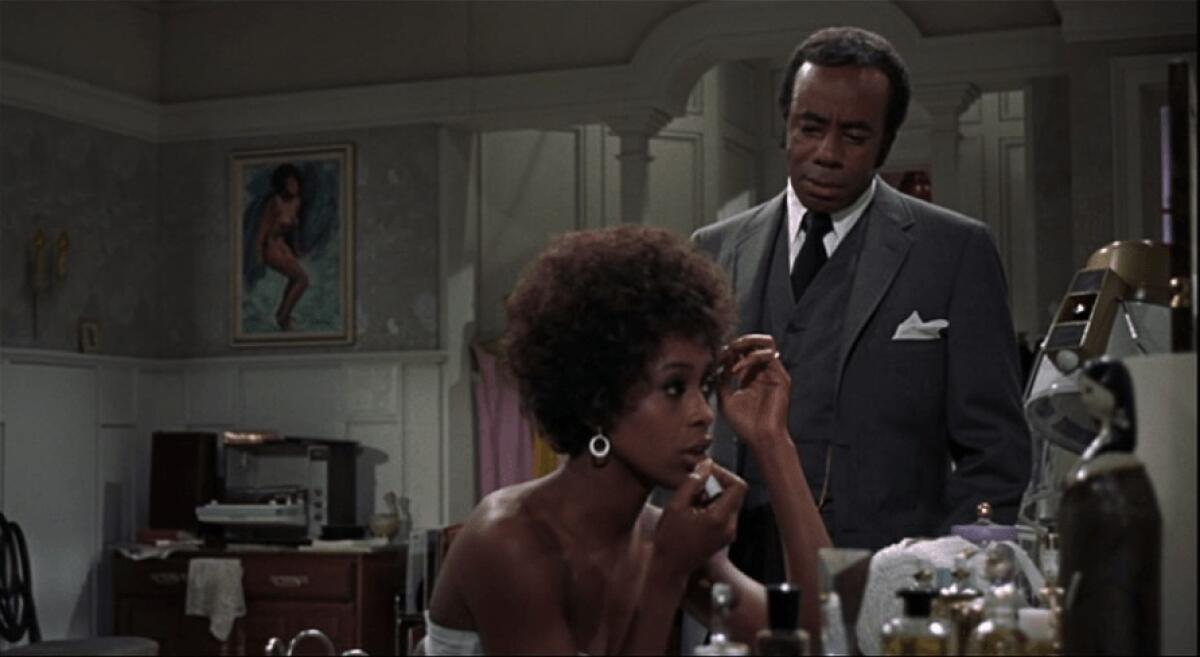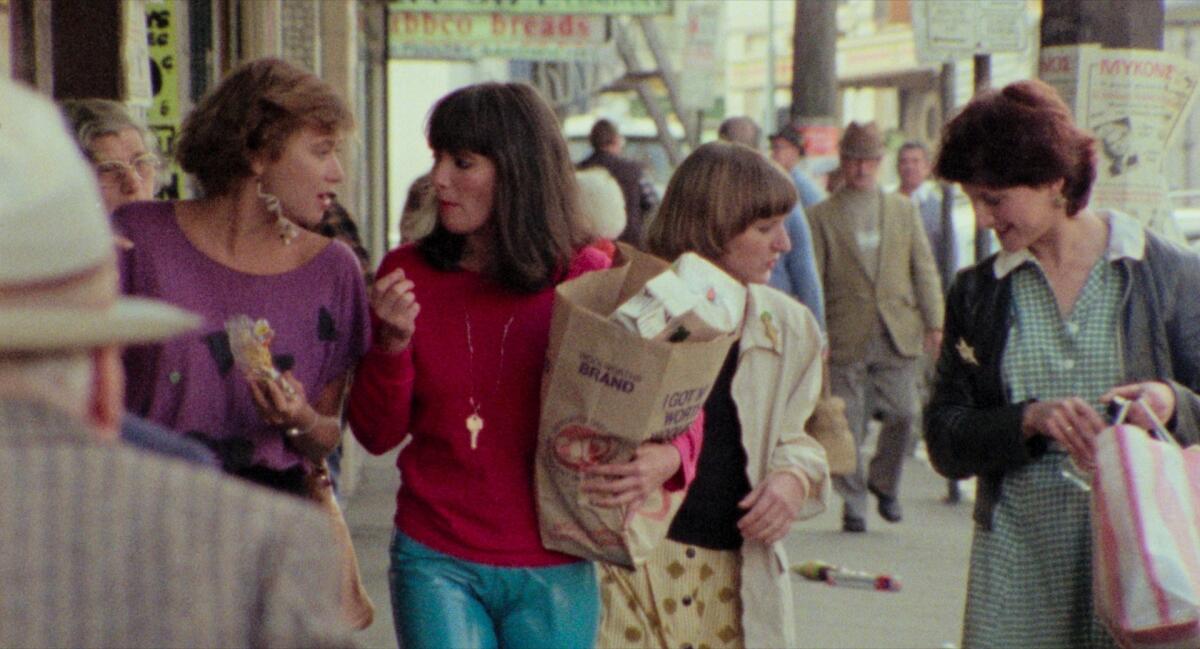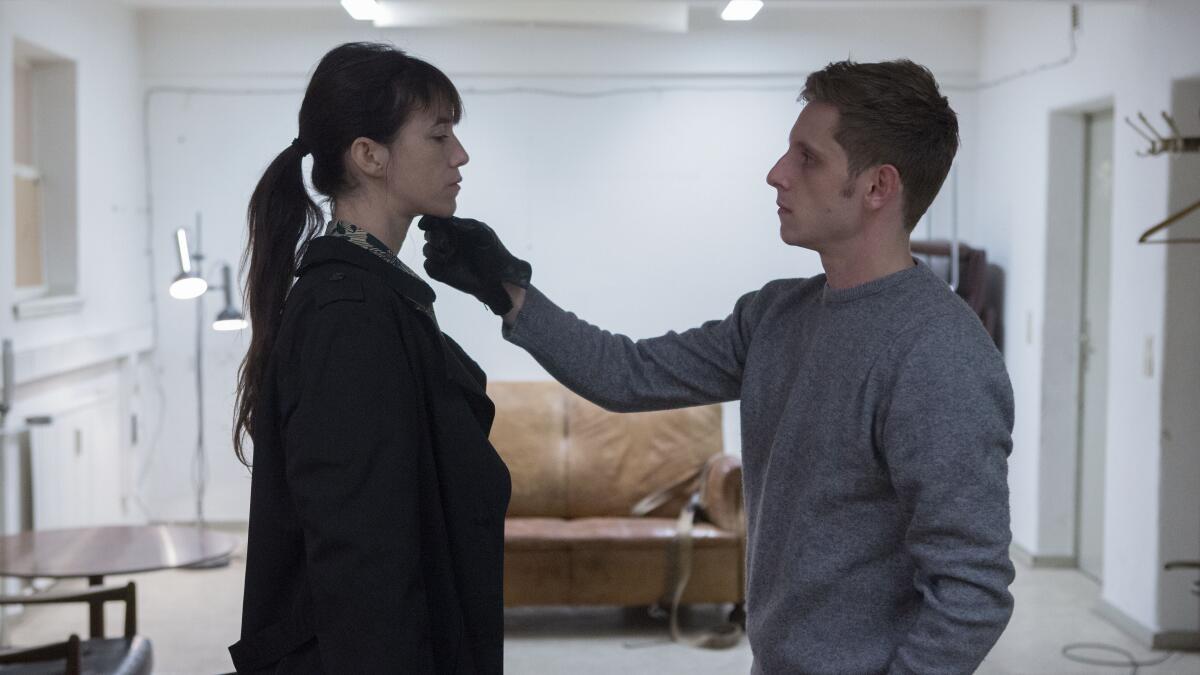A surprising number of iconic and underrated 80s movies are currently available to stream – here’s the best of the best
Several incredible movies from the 1980s are available to stream, but what’s the cream of the crop?
Many film buffs will agree that the 80s was one of, if not the best decade for cinema in history, with many of the most iconic films of all time releasing in the space of just 10 years.
From rip-roaring blockbusters to spine-tingling horror movies, the decade launched franchises, produced acclaimed filmmakers and broke box office records left, right and centre.
Let’s run down 10 of the best undeniable classics and a handful of underrated gems, from sci-fi epics to stunning animation and guaranteed tearjerkers.
And, even better, they’re all available to stream right now in the UK, including a handful you can watch completely free.
READ MORE: BBC Gavin and Stacey’s Mathew Horne choked up as he announces colleague deathREAD MORE: Peaky Blinders fans ‘work out’ who next James Bond villain will be after Steven Knight announcement
The Blues Brothers
This musical masterpiece starring John Belushi and Dan Aykroyd is undoubtedly one of the funniest movies produced during this decade.
Based on their iconic Saturday Night Live characters, Jake and Elwood Blues race against time to assemble their R&B band for one last show to save the orphanage where they were raised.
Featuring appearances from beloved blues musicians such as Ray Charles, Aretha Franklin and James Brown, this love letter to music and the city of Chicago is guaranteed to leave you tapping your toes.
The Blues Brothers is available to stream on NOW.
ET
If there’s one name who dominated film culture in the 80s, it’s almost certainly Steven Spielberg.
From acclaimed historical dramas such as The Colour Purple and Empire of the Sun, to rollicking adventures with Indiana Jones, the blockbuster filmmaker released what many consider to be his best films during the decade.
One of his most daring and personal projects at that time, E.T. the Extra-Terrestrial, was a risky venture thanks to its small-scale drama and bold premise. Thankfully, the gamble paid off, knocking Star Wars off its podium and remaining the highest-grossing film of all time, until Spielberg beat his own record a decade later with Jurassic Park.
ET is available to stream on Netflix.
Grab Disney Plus’ £1.99 membership right now

Disney Plus is offering its membership for £1.99 a month for the next four months. You can enjoy classic Disney shows, Marvel and much more.
Die Hard
For our money the best action film ever made, Die Hard is a guaranteed crowd-pleaser whether you’re watching at Christmas or during a heatwave.
Launching the big screen career of Hollywood powerhouse Bruce Willis, John McTiernan’s sublime thriller remains so influential to this day that ‘Die Hard on a [insert location/vehicle here]’ is still a bankable pitch for an action film.
With so many imitators out there, make sure you find time for the triumphant genuine article soon.
Die Hard is available to stream on Disney+.
A Dry White Season
This underrated historical drama shines a light on the devastating realities of apartheid in South Africa during the 1970s.
Featuring Donald Sutherland as a teacher at a school for white students, he’s forced to question his morals when the son of his Black gardener is viciously murdered by the white police.
One of the first major Hollywood films directed by a Black woman, Euzhan Palcy, and also featuring an oft-forgotten Oscar-nominated performance from Marlon Brando, A Dry White Season is an essential and gripping part of cinema history that often gets overlooked.
A Dry White Season is available to stream on Prime Video.
The Thing
Body horror became a defining sub-genre of the 1980s thanks to the advancement of special effects and film fans’ growing appetite for boundary-pushing scares.
Widely considered the best example, with masterful practical effects and tension in every frame, John Carpenter’s The Thing is a creature feature like no one had ever seen before – or since.
Starring Kurt Russell, this eerie, paranoid thriller about an Antarctica research team who get infiltrated by a shape-shifting extra-terrestrial was a box office flop at the time but has since become a beloved horror classic.
The Thing is available to stream for free on ITVX.
The Fly
With so many excellent gory masterpieces to choose from, why just settle for one example?
Arguably even more horrifying than The Thing is David Cronenberg’s masterpiece The Fly, a morbid reimagining of a classic sci-fi horror from 1958.
Jeff Goldblum portrays an ambitious scientist who begins to transform after perfecting the art of teleportation, only for his machine to malfunction with grotesque results.
The Fly is available to stream on Disney+.
Do the Right Thing
From body horror to social satire, the 80s were also renowned for a wide variety of thought-provoking dramas.
Influential director Spike Lee was just 32 when he made Do the Right Thing, cementing himself as one of the most prominent Black artists in history by tackling race relations in America like never before.
Combining laugh-out-loud humour with high-stakes drama and career-best performances from much of its cast, which includes Lee himself alongside Danny Aiello, John Turturro and Rosie Perez, there’s a reason why many cinephiles still consider it among the filmmaker’s best work.
Do the Right Thing is available to stream on NOW.
Watch Stranger Things on Netflix for free with Sky
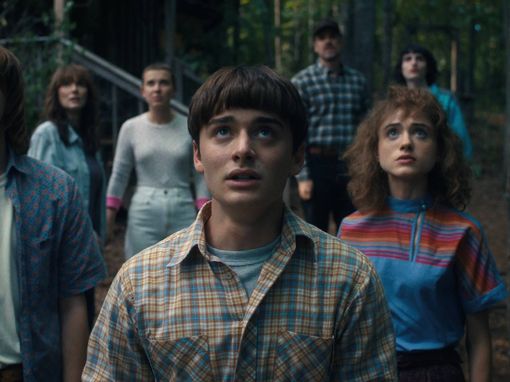
Sky is giving away a free Netflix subscription with its new Sky Stream TV bundles, including the £15 Essential TV plan.
This lets members watch live and on-demand TV content without a satellite dish or aerial and includes hit shows like Stranger Things.
My Neighbour Totoro
We’d be remiss not to include any animated films on a list of the best of any decade and, while Disney had its fair share of hits, from The Fox and the Hound to The Little Mermaid, in our opinion this masterpiece from Studio Ghibli wipes the floor with all of them.
My Neighbour Totoro is a timeless tale of childhood seen through the whimsical lens of Japanese animation genius Hayao Miyazaki, who injects every heartfelt moment with fantasy and wonder.
If you’ve already seen this animated gem, or fall in love with the furry forest spirit on your first watch, all of Studio Ghibli’s incredible films are available on the same service.
My Neighbour Totoro is available to stream on Netflix.
Amazon Prime Video free trial

Get 30 days of Amazon Prime Video for free with this trial, unlocking everything from must-see TV series to Hollywood blockbusters.
Cancel anytime during the free trial and pay nothing
Blade Runner
Yes, it’s yet another science fiction classic, but you can’t ignore perfection. While it may have spawned a generation of moody film bros, it’s easy to see why this atmospheric, neon-drenched cyberpunk thriller caught the imagination of so many.
From cinematic mastermind Ridley Scott, who already reinvented the genre with his seminal space horror Alien in 1979, comes a gripping existential head-trip starring Harrison Ford as a futuristic detective tasked with hunting down synthetic humans known as replicants.
Blending classic noir with one of the bleakest visions of the future ever put to film, Blade Runner is worth watching for the visual splendour alone, but will also keep you thinking long after the credits roll.
Blade Runner is available to stream on Prime Video.
Raiders of the Lost Ark
What’s left to say about Raiders of the Lost Ark that hasn’t been said a million times before?
Somehow, Spielberg delivered two masterpieces back-to-back, with the introduction of yet another iconic Harrison Ford hero arriving in 1981, a year before the acclaimed filmmaker made millions of moviegoers sob uncontrollably with ET.
The most iconic movie star of all time in his prime, an enthralling, globetrotting adventure, booby traps and ancient puzzles galore, and Nazis getting punched in the face. What’s not to love?
Raiders of the Lost Ark is available to stream on Netflix and for free on Channel 4.

